










































































As we come to the end of 2022, we hope you enjoy the Autumn/Winter edition of FOCALPoint packed full of industry articles such as a report on the rise of documentaries on the streaming platforms, how a Bulgarian cinema club turned their hobby into a new archive business plus a view on premium stock footage as an asset to the production value. We learn how StormStock founder Martin Lisius prepares for capturing extreme weather, and LOLA Clips Dominic Dare’s challenges of filming local woman harvesting indigo plants in Rudrapur, India. Details of all the FOCAL Awards winners and photos are included; don’t forget to watch the voxpops from the Awards using the links provided.
If you have any articles or ideas for future editions, please don’t forgot to contact us at info@focalint.org – we are always happy to hear from you.
For now, enjoy and hope to see you all at the FOCAL Members’ Day and Christmas/Winter Party.
MaryEgan, Director of Operations
FOCALPOINT is the journal of FOCAL International Ltd. All opinions expressed are those of the writers and interviewees concerned and do not necessarily reflect the views of FOCAL International or its Executives.
The editors reserve the right to edit contributions. No material - whether pictures or copy - published in FOCALPOINT may not be reproduced in any other publication without the express permission of the hold of the copyright for that material.

Copyright: FOCAL international focalint.org
Designed and Format: Adrienne Kuster, FOCAL FOCAL Awards photos copyright SA Images
Documentary in the Streaming Era
FOCAL’s Online Workshop: Sensitive Content Setting up a New Archive
Filming an Indigo plant Harvest
Meet the Executives: Jo Griffin
The editorialisation of premium stock as a creative lever and a new pre-production stage
FOCAL Award Winners
FOCAL Award Photos
FOCAL Award Voxpops Aude Vassallo, Archive Producer, Charlie Chaplin,the Genius of Liberty Eating Tornadoes for Dinner Meet the Executives: Ben Jones George Coles and the British Super Cinemas WPA’s Wonderful Collection






When the 2020 Covid-19 pandemic hit and millions of us were placed under strict lockdown rules, we turned to our home screens for entertainment and streaming platforms recorded a surge in subscriptions, as well as in viewing figures.
“
Ofcom reported that time spent on subscription streaming services doubled during April 2020 and that 12 million people joined a service they hadn’t used previously.
Netflix’s Tiger King: Murder, Mayhem and Madness, clearly benefited from the sudden and substantial increase in Netflix subscribers, with a total of 64,000,000 views, and will be remembered as a ‘first-wave phenomenon’. The series is the 6th most watched ‘English Language Netflix Original TV Show’, with its success materialising into cultural omnipresence, as the series was widely referenced by journalists, academics, and most famously, by President Obama. Documentary series such a Tiger King are a sub-genre of ‘unscripted programming’, of which Netflix has incidentally become the world’s biggest buyer. True crime and sports documentaries feature among its most popular programmes and have quickly become one of Netflix’s hallmarks. This increase in documentaries produced for streaming platforms has a number of implications for the industry and audiences, some positive and others potentially concerning.
The first consequence of this current enthusiasm for documentary is that a greater number of such films and series are produced. Filmmakers and industry professionals are eager to document an increasing variety of stories, and the rise of streaming platforms provides an unprecedented opportunity to bring these documentaries to the screen. Owing to their vast networks of subscribers, streaming platforms also have the power to reach wider and more diverse audiences.
This is what led David Attenborough to ‘defect‘ from the BBC to Netflix when he provided the voice over for Our Planet, aiming to spread environment awareness to unprecedented numbers, since ‘the BBC, powerful and pervasive though it is, can’t reach 200 million people overnight, simultaneously’. Similarly, Ava Duverney has claimed that Netflix fills an important gap, bringing films to viewers living in areas where there are no film theatres in which they could otherwise see them, which was instrumental in her choosing Netflix as the distributor for her documentary 13th.
On the flip side, streaming platforms are accused of drawing audiences away from the big screen, thereby disrupting a fragile ecosystem, and of relying on algorithms rather than curation to spotlight productions, treating their content, including documentary productions, as merchandise. Documentaries, regardless of their modes of distribution, are most often intended to make a profit, but this has never been more salient than with the offer of streaming platforms, whose docuseries engage audiences much like fictional series, such as 24 and Lost, started doing back in the early 2000s. Fast forward twenty years and the term ‘binge-watching’ has been coined to define these new viewing practices, exacerbated by streaming platforms.
This commercialisation of documentary inherently puts into tension one of the central tenets of content licensing: the distinction between so-called editorial and commercial content. According to Getty Image’s license, ‘Editorial images have restrictions on their usage. They can only be used for newspapers, magazines, editorial broadcasts, noncommercial websites, blogs and social media posts illustrating matters of public interest’. Shutterstock likewise explains: “
Editorial content cannot be used to monetize a business but can be used for news or educational purposes.
I would argue that the documentaries produced for streaming platforms sit somewhere between the strictly editorial and strictly commercial, in a currently undefined grey area.
What sets apart commercial and editorial licenses are releases: creative content comes with image releases that make it usable in any project, while editorial content naturally doesn’t. Therefore, if editorial content is intended to be used in a fictional production, all third party rights must be cleared: personality and intellectual property rights (trademarks and copyrights). This is also true for all protected items used as part of the set design: artwork, brands, music, locations, etc. In recent years, rights clearance has become a global concern and Errors and Omissions insurances (E&Os) are now commonplace. An entire industry has blossomed to meet these needs, with lawyers and legal advisors working from script clearance to greenlighting final cuts.
Accordingly, a character handling an iPhone in a fictional production would require that an agreement permitting this use of their intellectual property be signed with Apple. Prior to streaming, this obligation would not have extended to documentary producers. And yet, documentary filmmakers are doing today what they have been doing for decades: playing with form, pushing boundaries, and mixing fact and fiction in order to creatively tell their stories. Even as far back as 1922, Robert J. Flaherty used re-enactments in Nanook of the North to portray Inuit life as he romantically imagined it, rather than based on its actual idiosyncrasies. The practice of docufiction is as old as film itself and current productions are only extending a long tradition of hybridisation, such as Flee, by Jonas Poher Rasmussen, which successfully uses animation to circumvent the issue of confidentiality, or Jeff Orlowski’s The Social Dilemma, which blends documentary investigation and narrative drama. These admittedly academic considerations are currently not echoed in the content licensing industry, which upholds the dichotomy between documentary and fiction in terms of IP rights. However, this is clearly no longer tenable in this era of streaming, in which E&O insurances are imposed on documentary producers by streaming platforms and rights clearance is gaining momentum.
To my knowledge, there are currently only isolated instances in which rights holders have opposed or requested compensation for non-defamatory uses of their property in documentary films, but the increase in reach and exposure of documentary productions on streaming platforms naturally increases the likelihood of such claims occurring in the future. The scope of rights acquired for streaming platforms is most often all media, worldwide, and perpetuity, which extends far beyond what most national broadcasters require. With their productions under greater scrutiny, producers of documentaries for streaming platforms are understandably increasingly erring on the side of caution and clearing rights that would otherwise not have been cleared.
It is safe to say that if the obligations imposed on producers of fictions were to extend further to documentary producers, this would significantly alter the landscape of documentary making. How could the already stretched budgets of documentary producers possibly accommodate the ensuing licensing costs, or even the cost of the legwork required to clear these rights? In addition, if permission were to be systematically obtained from recognisable individuals, brands, etc., the freedom of documentary filmmakers would be under immeasurable pressure and this would have a devastating impact on creativity and the freedom to tell stories.
Watching the rise of documentary on streaming platforms I am reminded of previous landmarks in documentary history: Michael Moore’s Fahrenheit 9/11 winning the Palme d’Or at Cannes in 2004, after which record numbers of viewers flocked to cinemas to watch it, or the 2007 screenwriters’ strike that led to a sudden and sharp increase in the production of unscripted programming. The similarity with these two events ends with the rise in viewing figures, since neither threatened to alter the very foundations of documentary production, as we see today. As an archive professional I am very curious to see how this situation will unfold and to observe how our working practices may be altered in the process.

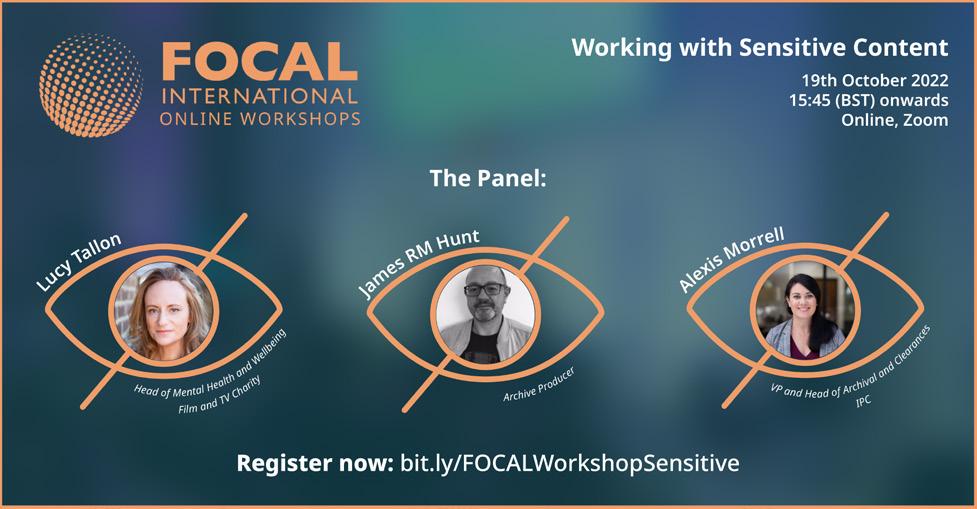
This workshop included a discussion on mental health and the challenges faced by the archive industry when working with graphic and disturbing content. With the advance of True Crime series, this panel introduced resources for a better protection and support of production crews and freelancers.
The panel consisted of Alexis Morrell is the VP and Head of Archival and Clearance at IPC. and Sony Pictures Non-Fiction Entertainment, Archive Producer James RM Hunt and Lucy Tallon who is Head of Mental Health and Well-being at the Film and TV Charity.
Alexis Morrel spoke about what IPC did when dealing with sensitive content. They would have weekly meetings to make sure they check in with people regarding how things are going and if anything is affecting them deeply. One of the main factors is to check with how people are feeling after reaching out to victims. They also ensure that they provide details of what the material includes before viewing it. They have had to deal with lots of crime scene photos and evidence on past productions. If anyone needed to talk to someone as a support system or to help provide an outlet regarding anything that might be triggering and any trauma that may be caused. Alexis then went on to tell us how their team has weekly meetings. Within these meetings, they ask the team if any archive material needs flagging before viewing and provide a check-in
Lucy told us about what services Film and TV Charity offer. There is a tool-kit for mentally heavy productions, which has actually has a whole section on working with sensitive content and vulnerable contributors. Film and TV Charity have their own guide on working with sensitive content, which is all free to access. This also gives advice for people working in pre production and post production. There are several other services available to people. For example, there is a freelancer hub, where you can do a check in and interactive quiz about how you’re sleeping, what issues are going on, and then it will guide you through the rest of the hub that will be most useful to you. Film and TV Charity have a support line where you can access free counselling, you will have up to five or six sessions of counselling.
James RM Hunt has worked on many productions where they have had to work with sensitive content. An example of this is when they were an Archive Producer on ‘American Horror Story: The Family Next Door’, the director, the executives and the boss of the company all realise the sensitivity of this and they had a separate breakout room where they could all go. After production Netflix also offered them all counselling. James then went on to tell us about his experience when working on ‘Woodstock 99’, when dealing with all this material the key thing is to talk to your not only your colleagues, but your contemporaries, your family members and friends, as you can’t have it all on your shoulders. After Woodstock 99, James then had to do a kids TV show called Slow Mo Guys, which is a wholesome and nice production to work on. James had to take a break from doing horrific stuff and working on sensitive material.
You can access Film + TV Charity’s Whole Picture Toolkit at: https://wholepicturetoolkit.org.uk/
The full workshop recording is available for our Members to watch in their logged in section.
“Kinoclub Super 8” started as an evening hobby of four nerdy enthusiasts, each related differently to the audiovisual world.
Tihomir, a photographer with a huge collection of found images; Bogomil, a filmmaker with a passion for archives and the flea market; Kevork, a specialist in analogue photography and techniques, who owns almost every film camera and cineprojector that exists on eBay; and me, Neda, a junior producer at AGITPROP who, before joining the club, was mainly involved in the tedious part of licensing and price negotiations for archives.
Independently from each other, three of the future club members decided to start collecting home 8 mm films from flea markets, abandoned attics or sometimes even from the trash. Owning an 8mm camera in communist Bulgaria was not common, so these reels are quite rare to come across. To illustrate better, none of our own families had such a camera and I, personally, don’t even know anybody who owned one.
We began gathering from time to time out of curiosity about what’s on these 8 mm reels, but also to enjoy the experience of watching them on a projector, just like the old days. We called these meetings our “cinema club”.
Very quickly we discovered that these films are not the kind we are used to seeing in the archives. They are pure and unfiltered, capturing the everyday life of families without the pompousness of state propaganda. For example, one of the first ones we watched shows an elderly gentleman who makes fun of our communist leader, imitating him and his way of talking during the broadcast of his traditional New Year’s speech. This is unheard of as any jokes about the regime were forbidden.
The fact that very few people could afford a camera meant that, in addition to the very privileged, only those with a strong interest in cinematography managed to get one.
We came across a lot of experimental films, attempts to make fiction, and perfectly shot images by almost professionals. The physical state in which we find the reels is also an evidence of the lack of a widespread culture of filming. Everyone had to do their own lab processes, there were very few places which could do it for you. The result - many under or over-exposed films, not correctly stored and spliced. This, of course, makes the whole process even more challenging for us.
With such important discoveries came the decision to do something about archiving and digitizing. No state institution currently has the capacity to preserve amateur movies and with many going straight into the trash, we felt the need to act.
We agreed to make the club a regular event, meeting every Wednesday evening after work. We started recording the screen with a phone, to catalogue every reel we watch and build a database. We bought with our own money a better projector, some consumables and, very recently, a small amateur 8 mm digitizer - Kodak Reelz.

This machine is not used by professional institutions, but we decided it’s a good start for researching our collection and having full HD digital copies, which can be used for many purposes. Now, we have watched and annotated more than 100 8 mm films, 30 super 8mm and some 16 mm. We can definitely conclude that 8 mm was the more popular format and the 1970s was the golden age for home movies in Bulgaria!
Now, out of the catalogued films, we have what we call “The Golden Collection” or the most interesting and exciting movies. Recently, we won a small grant from a programme called “Accelerator fund” by the Sofia Municipality. The idea is to build an online portal, where people can browse the collection. We want to make the films available to artists, researchers and, where possible, for commercial use as well. And most importantly, preserve this cultural heritage from total oblivion.
You can check our website at: www.kinoclubsuper8.com www.visualarchive.bg

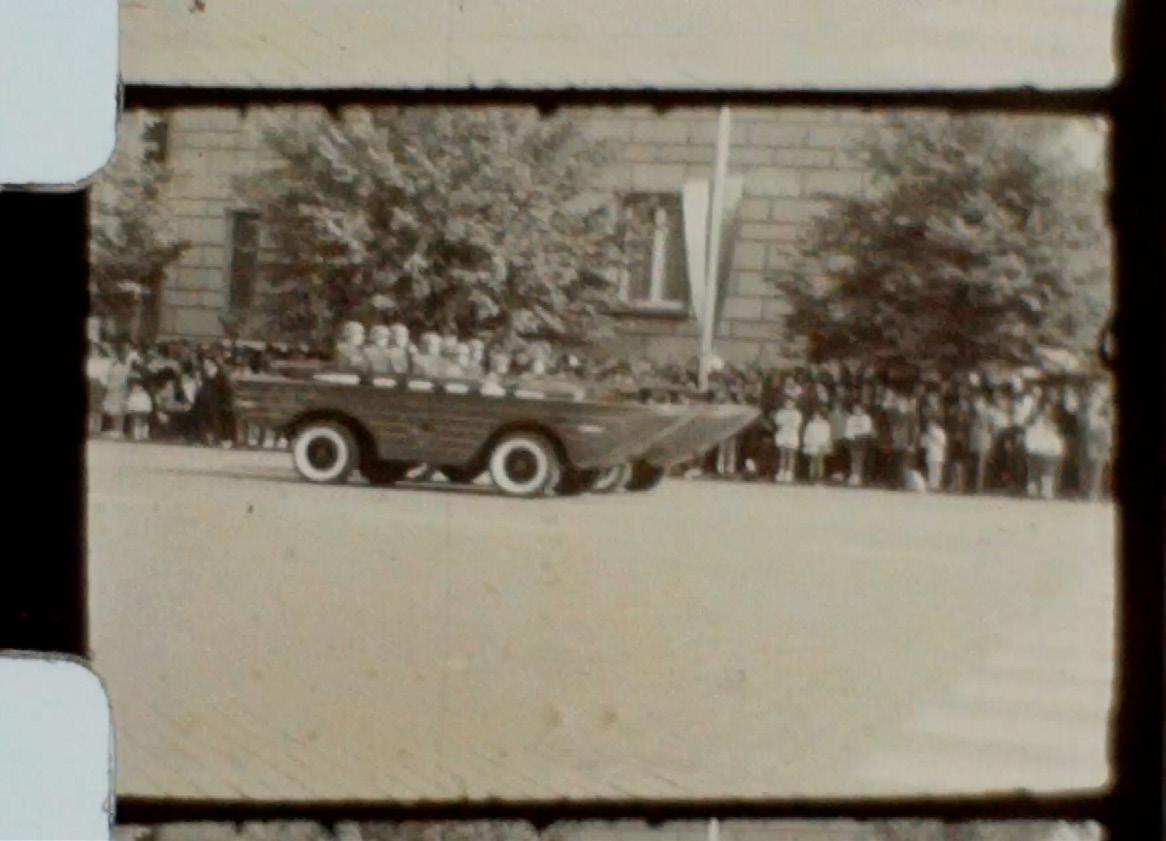

Our social media channels: Facebook: @kinoclubsuper8 Instagram: @kinoclubsuper8
Kinoclub Super 8 members: Kevork Vanlyan, Tihomir Stoyanov, Bogomil Dimitrov, Neda Milanova
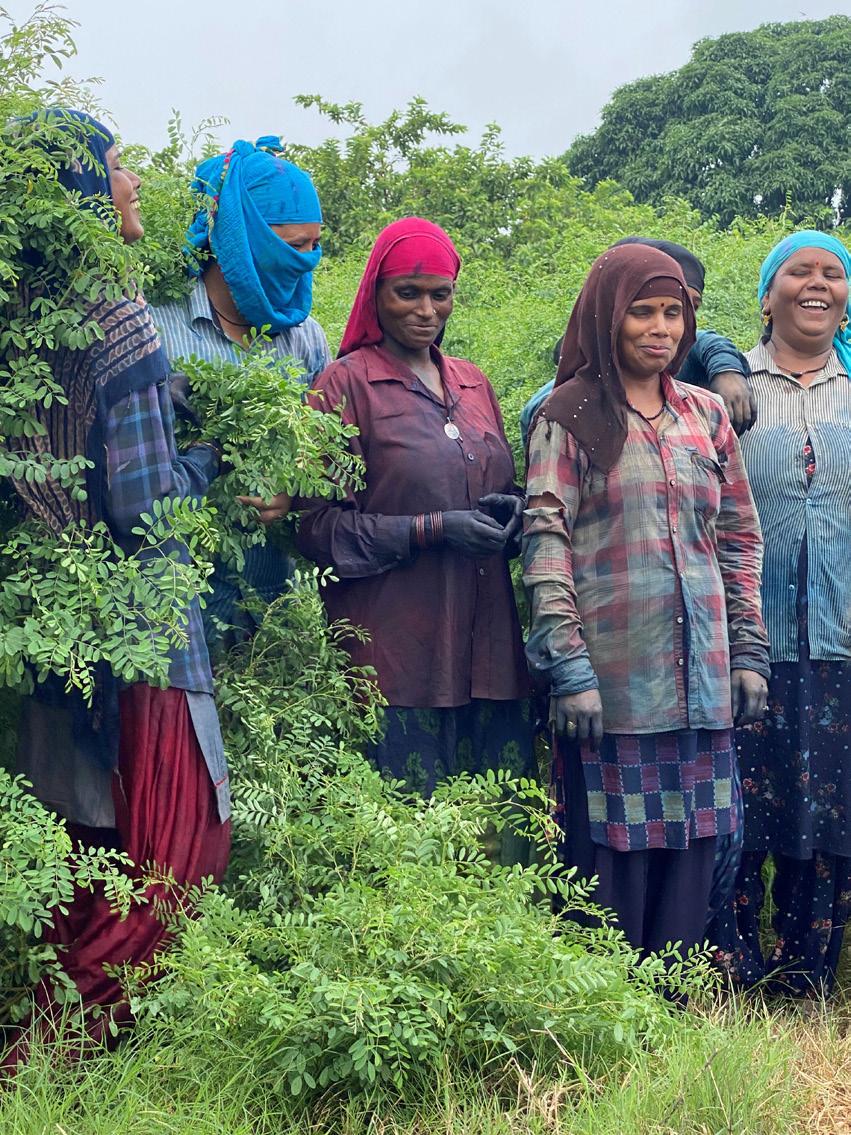 Dominic Dare, Co-Founder LOLA Clips
Dominic Dare, Co-Founder LOLA Clips
I recently travelled to India to film an Indigo plant harvest in Rudrapur, India. Situated in the fertile plains of Uttarakhand State in the foothills of the Himalayas this region was initially jungle. It was cleared after Partition to house families from the Indian Army who needed accommodation and has grown into a small town over the last few decades.
We filmed the harvest which is physically done 4 times a year by hand by women. In this area of India, and many others, the farm labourers are women and they work incredibly hard. Visually it was a wonderful treat to film this process from harvesting to fermentation, extraction and then the creation of raw Indigo. For those not familiar with this naturally occurring dye it was for many years the most sought after natural blue dye in the world and its colours are only seen after this process. A green plant providing one of the richest blue hues known to man. Filming in India has so many challenges. The heat, the physical dense population of humanity all around you and some very draconian drone regulations which made filming the aerials we got very challenging. Drones are basically banned in India and you must be on private land to use them. In cities we would shoot only from rooftops of hotels where we had permissions but as life teems out of every orifice in this fascinating country, it’s almost impossible not to get some amazing imagery. When we shot the back streets of Delhi and Jaipur we were lucky enough to have a fixer who worked on The Marigold Hotel films and his presence was integral in keeping locals at bay but also allowing us to shoot inside temples and in unique areas. What an amazing experience to film a Hindu temple on a back street of Jaipur as they prepared for a 7 day barefoot pilgrimage covered in garlands. Only in India!

As we learnt on our journey, despite its enormous film industry, there isn’t really any specifically Indian stock footage resource out there. Several producers we met in Delhi and Jaipur mentioned this to us and LOLA will be partnering with several individuals in India to continue its aggregation of unique content from South Asia.
Shooting in 4K and upwards on a Mavic Pro 3 Drone and ground footage with our Cannon R5C cinema camera we hope we have started to collate an interesting new archive for clients looking for footage from India. We have invested in a long-term relationship with India and LOLA will be returning every year for the foreseeable future to acquire significant new and unique content from the region. Please get in touch at info@lolaclips.com if your next production requires and footage from India and surrounding areas.





How long have you been an Executive Director at FOCAL?
I’ve been a member of the board since 2016. What is the most fulfilling aspect and what inspired you for joining the FOCAL Executives?
“
love the world of archive film, hearing the stories behind the footage and speaking to the Archive Producers about their project’s using film is just fascinating.
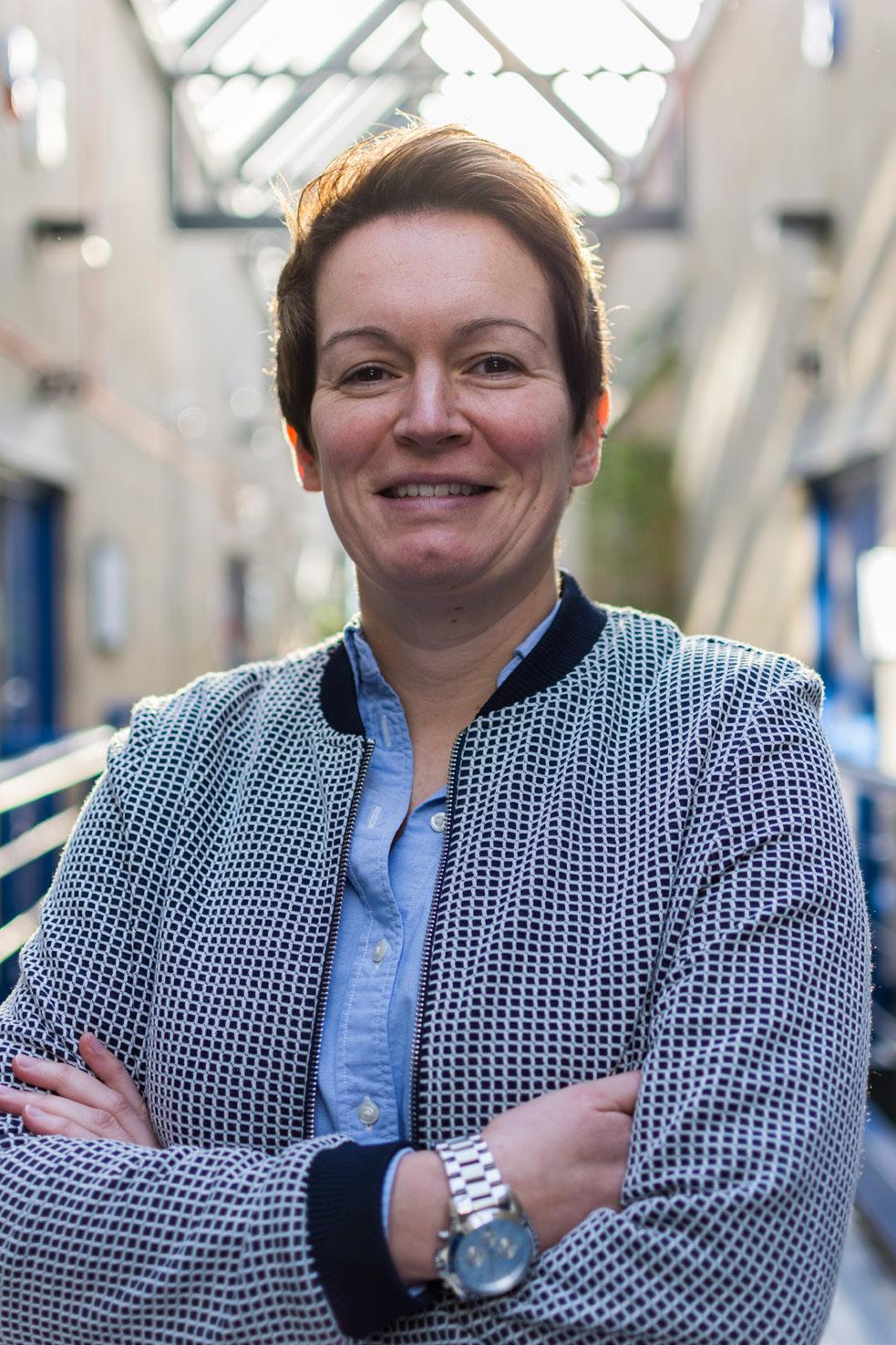
R3store Studios, R3el, R3alise & Filmworkz
So being able to sit on the board with other like-minded people I jumped at the chance. The great thing is we all specialise in different areas so it’s great to be able to have this community to chat and get advice from when needed and also to be able to give advice to any other Focal member when needed.
My part of the process can be difficult to understand sometimes so its nice that I can offer that assistance to the Focal community.
Can you please briefly explain your company?
R3store Studios was set up in 2016 to be a dedicated Archive and Restoration company specialising in Scanning, Grading and Restoration. We then set up our footage company R3el in 2018 specialising in film backed stock footage. We then acquired Digital Vision in 2018, we have just recently also launched Filmworkz which allows Digital Vision Grading and Restoration tools to be available on a subscription basis and available on other platforms for the first time. We are also launching R3alise which is a consultancy company helping people understand what is in their archive and what can be done with it.
What is the biggest risk you’ve taken?
Choosing to move away from a big company in 2016 and set up R3store from scratch, it was a huge risk as it wasn’t only my job I was risking as I convinced three other members of my team to join me. It was great that all our clients had so much faith in us and joined us, plus all the many other new clients that have joined since. Biggest and best risk I ever took!
I
What do you see as the most important aspect FOCAL should be working on, for the industry and its members?
Training is becoming a huge part of our industry especially within the Archive sector, the Focal Mentor scheme has been a huge success in the first year but we need to grow from that and partner up with large companies and institutions to see how we can take it to the next level to attract new people and set up some clear structured training, everything is so much on the job training when it can be so much more than that. As well as Focal that means companies like myself getting involved and setting this up.
What did you enjoy most about your job last year?
Getting out and being able to see clients again after so long!
What talent are you most proud of?
If you asked my niece that question about me, she would say wiggling my ears! I’d probably say my football skills, though a bit rusty these days.
What impact do you think FOCAL has had on the industry now and for the future?
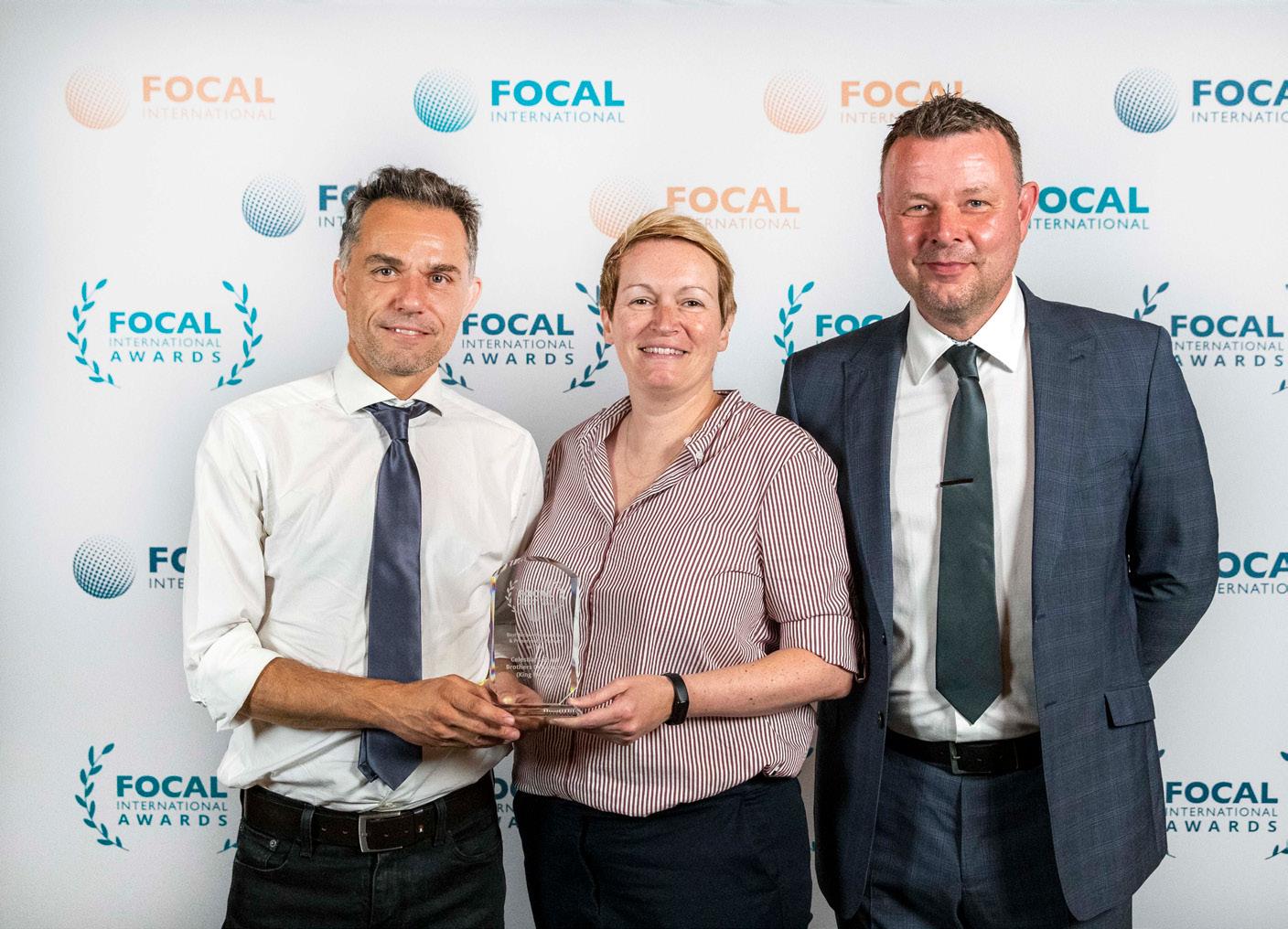
For anyone getting into the Archive industry it’s the best starting point, as it gives you so much access to so many different people to meet and help build relationships to help you take next steps in your career. From a company point of view its great to get visibility across the industry. The awards are such an important aspect each year giving everyone the chance to show off all the amazing projects they have been working on over the last year.
How do you feel the industry has changed over the years?
I started in the industry in 1999 and used to carry around 1”C and D2 tapes (they are really heavy for anyone who doesn’t know) carrying feature films and now I pop them on a USB stick! The industry has changed so much in the last 20 years, but all for the better, seeing the development of new software that allows us to enhance and digitise these films like they have never been seen before is just fantastic. Over the last few years seeing the push in archive-based programmes and features is brilliant, people are finally seeing the importance of the past and how it can still entertain us today and will continue to do so.
If you could only watch one movie or TV show for the rest of your life, what would it be?
It’s so hard this question, it would have to be something like Friends, there are so many episodes so I wouldn’t get bored, though I probably know most of the lines in all the episodes as it is!
If you could invite 3 people over for dinner dead/alive, who would it be?
Victoria Wood, Julie Walters and Dawn French, not sure we’d eat much dinner as we would be laughing so much!




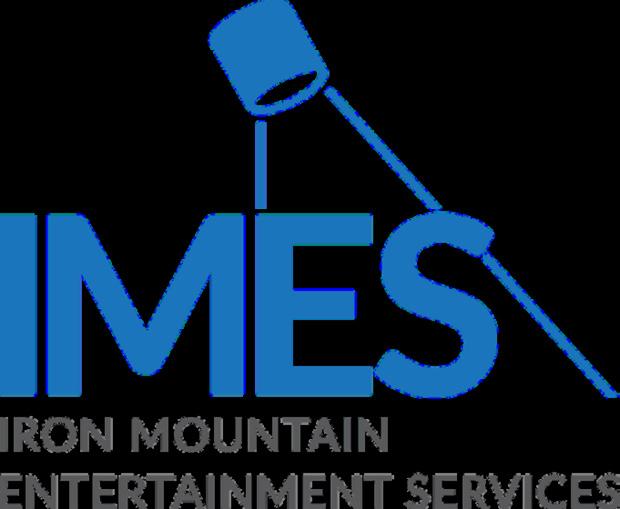

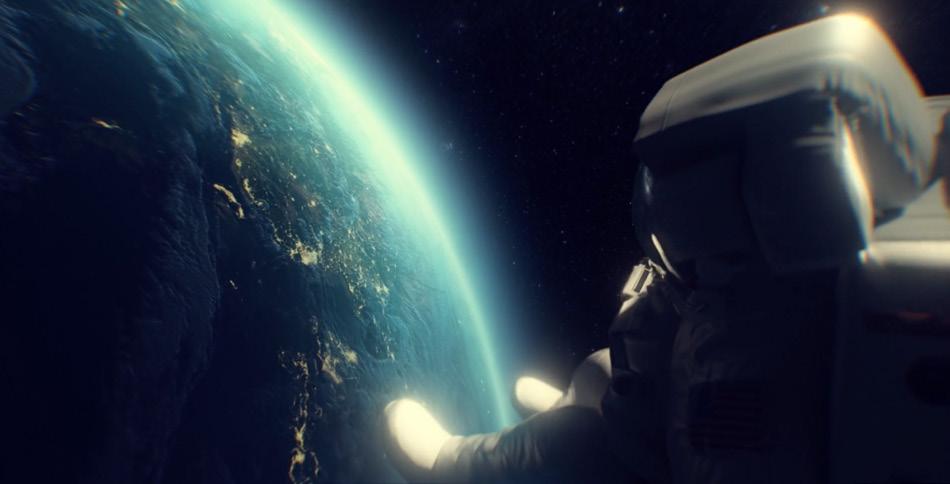 Nicolas Meliand / CEO & Co founder of FRAMES DEALER
Nicolas Meliand / CEO & Co founder of FRAMES DEALER
Still considered by many players in the creative and cultural industries as a last resort in the event of a budget problem, work plan or unforeseen filming, the stock footage has more to offer than being a simple “spare wheel”. When sourced, editorialized and post-produced with rigour to meet the highest artistic and technical standards of the audiovisual industry, so-called “premium” stock can quickly become virtuous and driving force in the creative process.
But to reveal this potential for design assistance, it is still necessary to be able to understand the stock footage differently. Not easy at first (a challenge, some would say!) to get rid of this image of cliché sequences, without artistic direction, reproduced ad infinitum and all resembling… And as for the research itself, the lack of relevance of the results and an often disastrous user experience can end up deterring people from turning to the stock. However, on one as on the other of these brakes (mediocre quality and UX to revolutionize), it is clear that the situation has changed a lot in recent years: the successive appearance, first in the USA then in Europe , of niche players, both demanding curators and passionate about production, has clearly accelerated the adoption by a growing proportion of creatives from all walks of life of premium footage as a lever for “production value”: how to give the illusion the multitude of sets, characters, eclecticism and artistic coherence, reconciling them with budget and planning requirements? We understand it intuitively: in many situations, premium footage is the best (if not the only) possible option for bringing together excellence and pragmatism, but on the sine qua non condition of course, of being thought of from the design stage!
Increasing requirements + decreasing budgets + non-existent planning = chronicle of an announced anticipation
What if the secret to the creative use of stock was above all a matter of timing? And if the simple fact of asking the question of the “existing” at the time of the pre-production of a feature film, a documentary or an advertising campaign was the first brick of a virtuous process consisting in not to endlessly recreate images already produced to the highest standards but to concentrate on the “true” original creation, that of unpublished images because they are specific to the stories being written? Whether we are talking about landscapes, everyday illustration scenes, “flats” of our cities and regions or even abstract imagery, today, thanks to technology, we have a unique opportunity to give a second life to billions of sequences shot with passion all over the surface of the planet so that each film crew can continue to invent and create new images and new narratives.
The passionate researchers who explore the multiple sources of such cinematic footage every day are the most convincing demonstration of the potential of premium footage by providing productions, agencies and brands with real creative, multiple and efficient options. At a time when we all have a responsibility to contribute to drastically reducing our impact, and without forgetting the path that still remains to be covered towards the technical de-carbonization of the image industry (cloud, data, etc.), we can only consider with interest the promise of the most demanding exclusive catalogues to serve both creativity and sustainability.
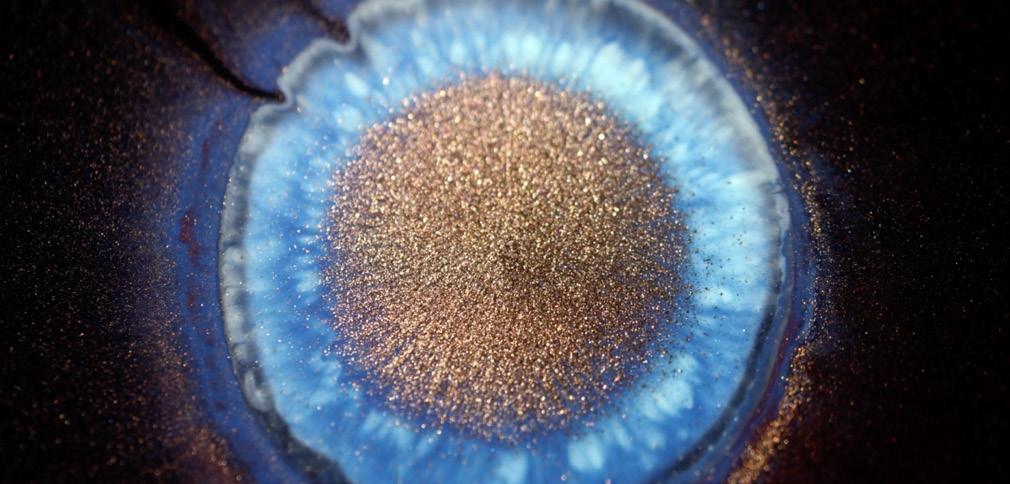
Best Archive Restoration & Preservation Project or Title: Sponsored By:

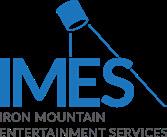

Celestial’s Shaw Brothers Collection: King Boxer | L’Immagine Ritrovata SRL
The Jane Mercer Researcher of the Year Award:

Sponsored By: Kate Griffiths and Tess McNally-Watson for The Sparks Brothers

Company of the Year: Sponsored By: Yorkshire and North East Film Archives
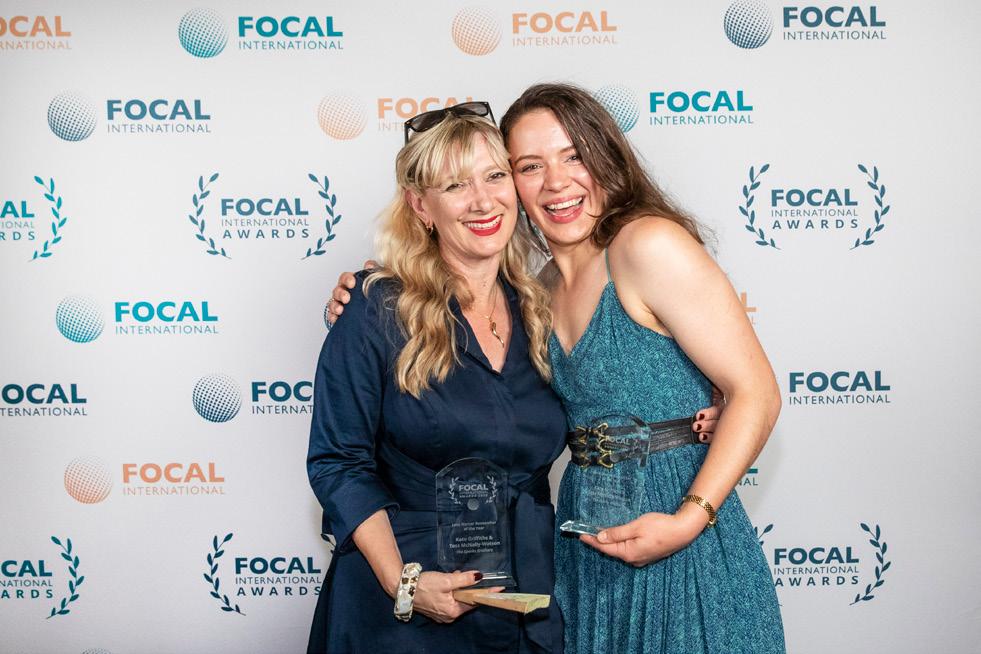

Footage Person of the Year: Sponsored By: Richard Watson - R3store Studios
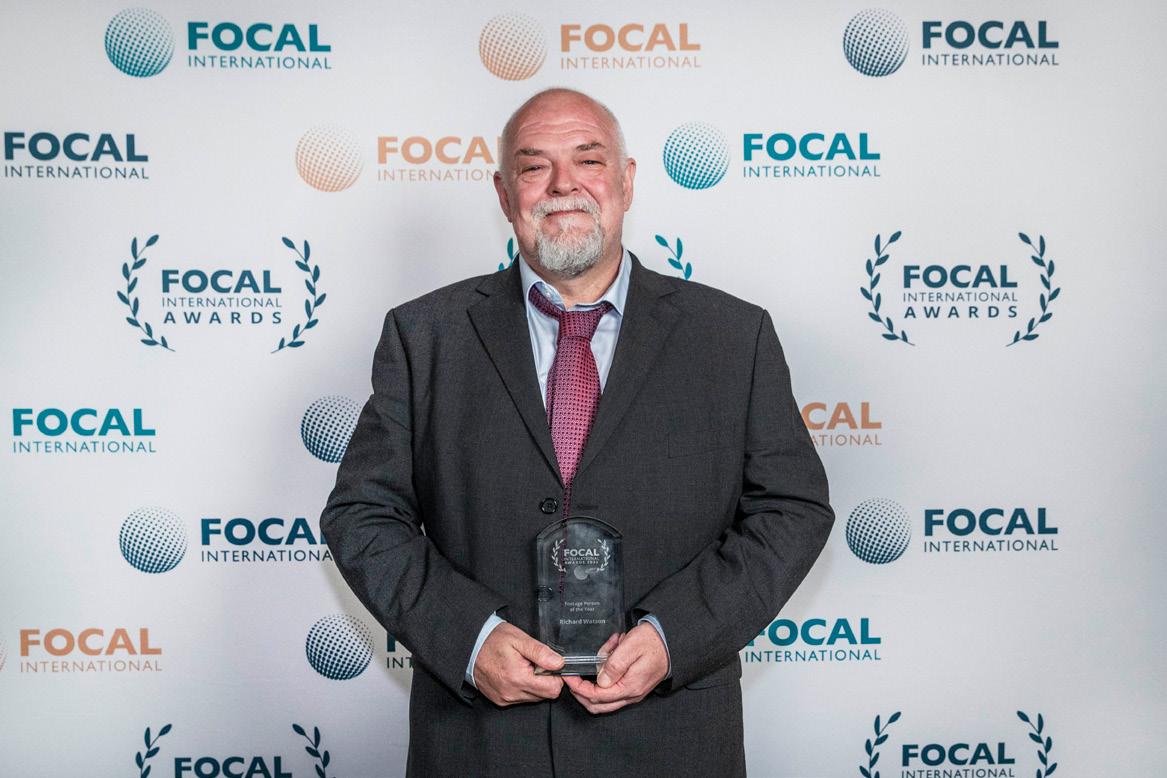
Student Jury Award for Most Inspiring Use of Footage:
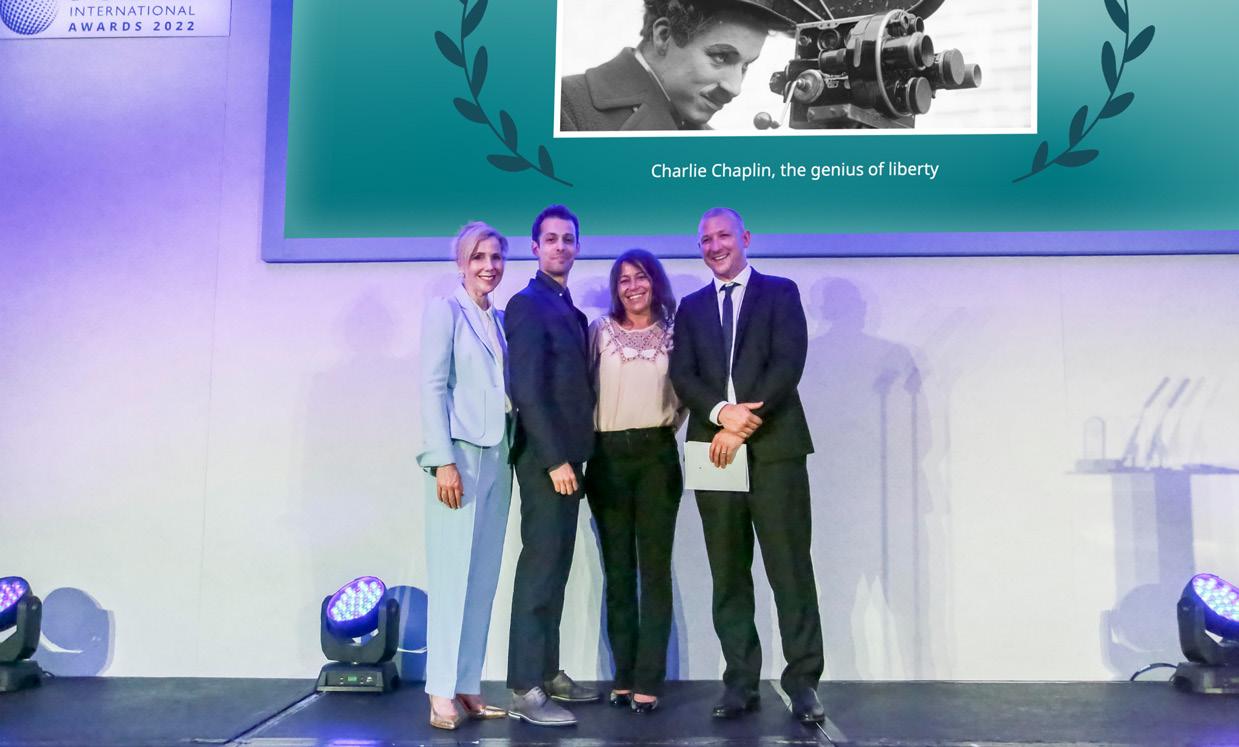
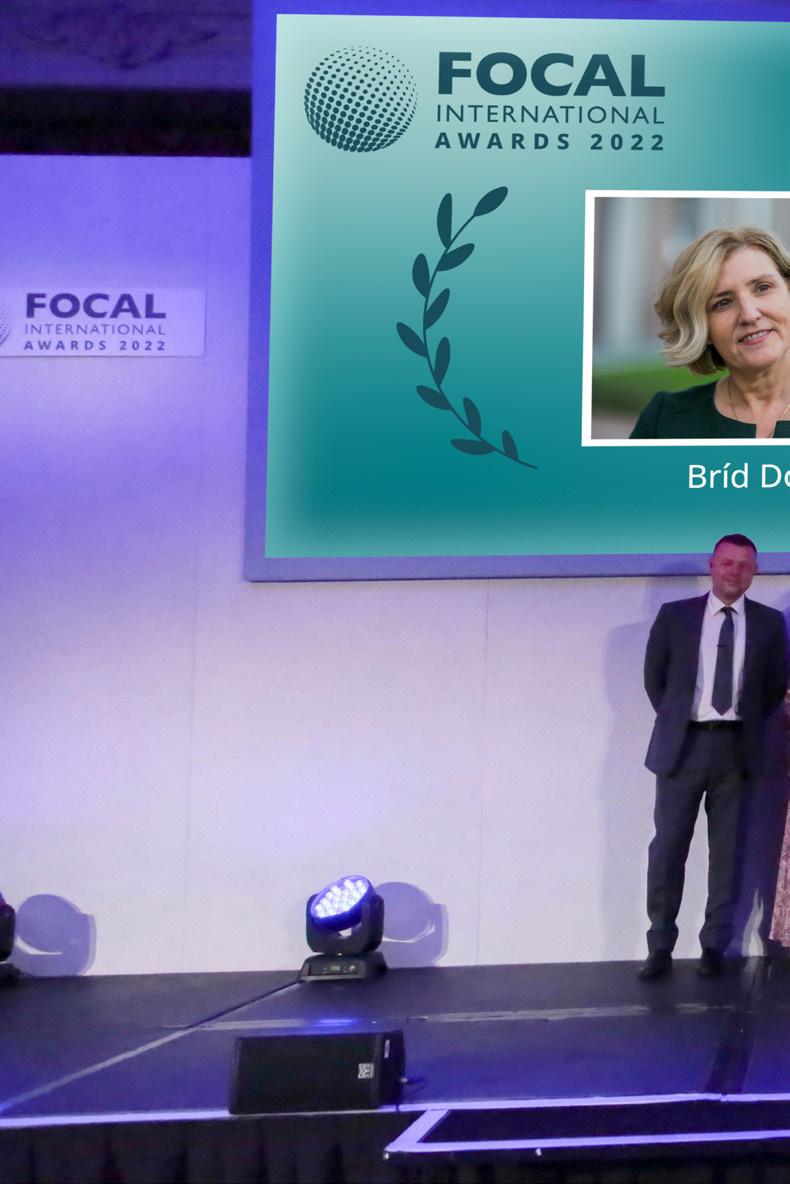

Sponsored By:
Street Gang: How We Got to Sesame Street | HBO Documentary Films, Screen Media, Chicken Soup for the Soul Entertainment, Macrocosm Entertainment
Latin Noir | Anemon Productions, Point Du Jour - Les Films Du Balibari
Best Use of Footage in an Arts and Entertainment Production:
Sponsored By:
Street Gang: How We Got to Sesame Street | HBO Documentary Films, Screen Media, Chicken Soup for the Soul Entertainment, Macrocosm Entertainment
Best Use of Footage in Advertising or Branded Content:
Sponsored By:


Sandy Hook ‘The Kids Are Not AlrightDisappearing Act’ | STALKR, BBDO NY

Best Use of Footage in a Cinematic Feature:
Sponsored By:
Summer of Soul (...Or, When the Revolution Could Not Be Televised) | Searchlight Pictures, Onyx, Hulu
Best Use of Footage in a Factual or Natural World Production:
Sponsored By: Playing with Sharks | A Wildbear Entertainment Production, National Geographic, Screen NSW, Dogwoof, TDOG

Best Use of Footage in a History Production:
Sponsored By:


Antoine The Fortunate | Anemon Productions, Les Films Du Balibari, EPO-Film
Best Use of Footage in a Sports Production: Sponsored By: Muhammad Ali | Florentine Films






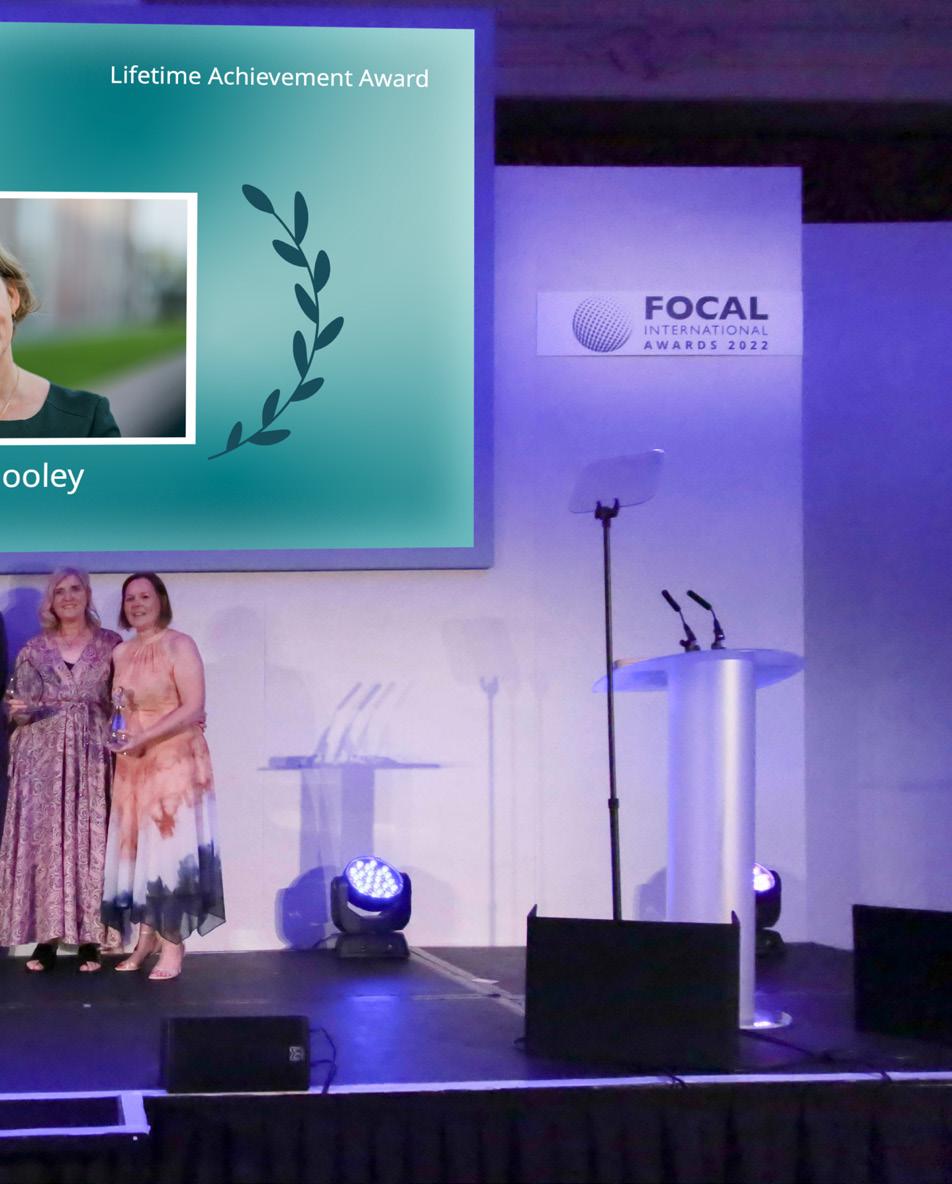
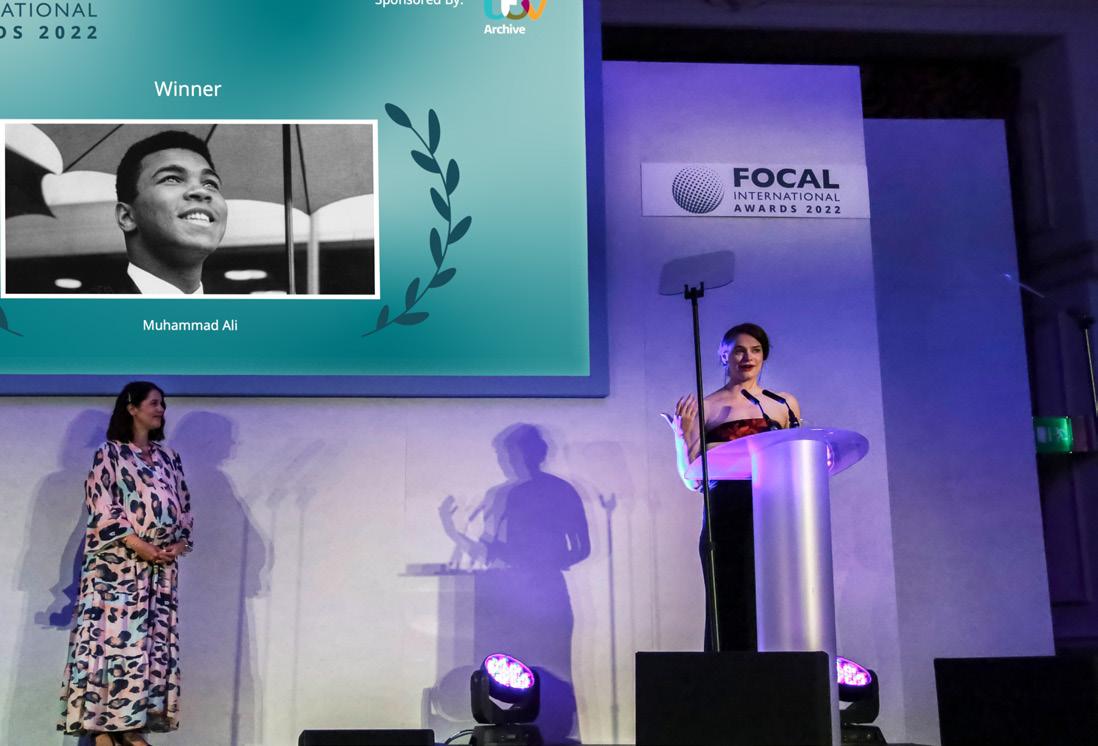
Best Use of Footage in a Music Production: Sponsored By: The Sparks Brothers | Complete Fiction Pictures Limited
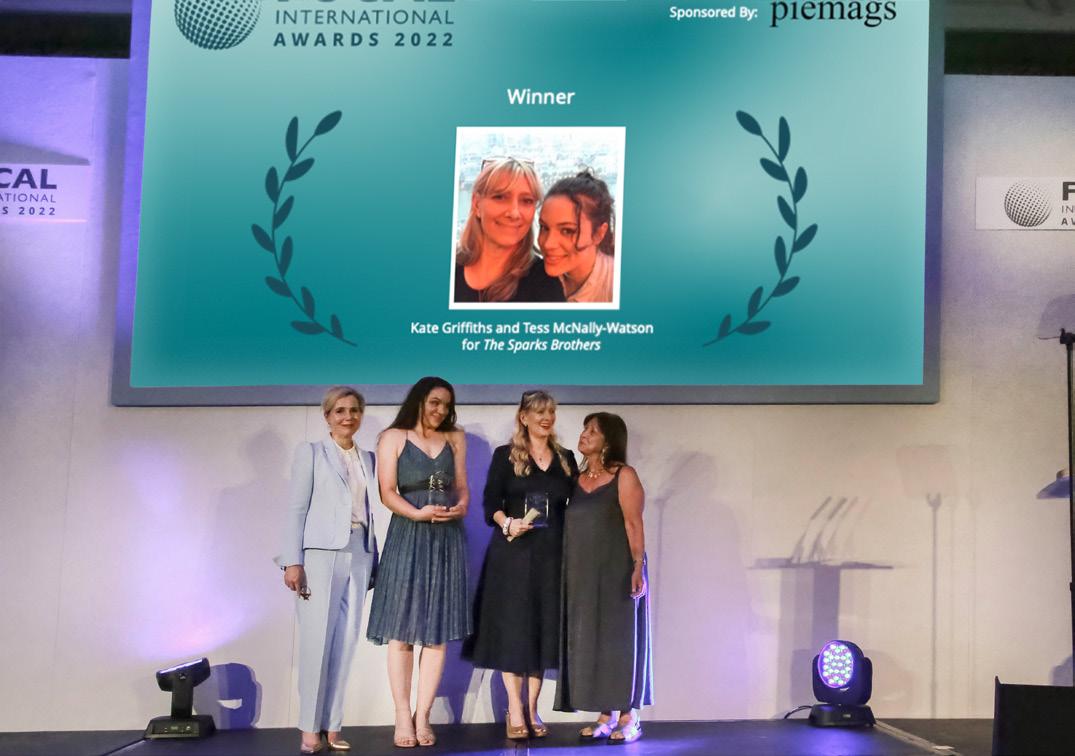
Best Use of Footage in a History Feature:
Sponsored By: Charlie Chaplin, the genius of liberty | Kuiv Productions

Best Use of Footage in a Short Film Production:
Sponsored By: Lost Connections | Yorkshire Film Archive
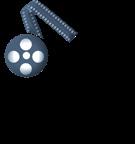

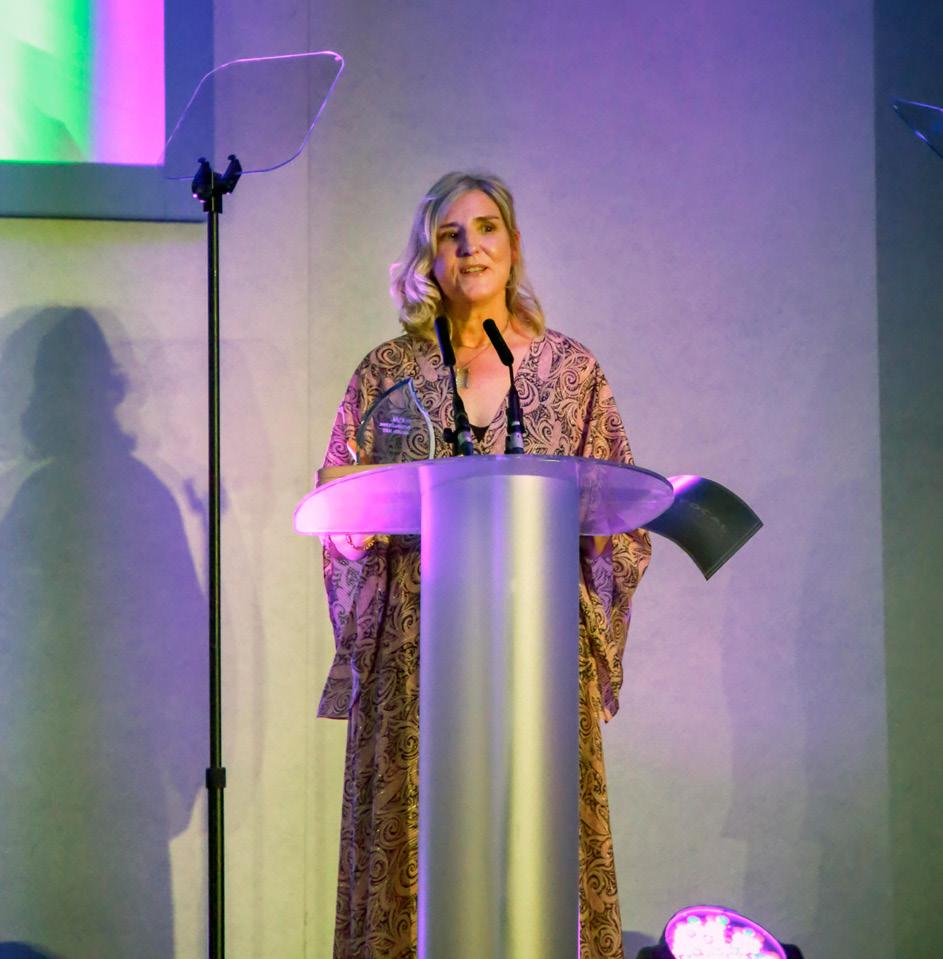





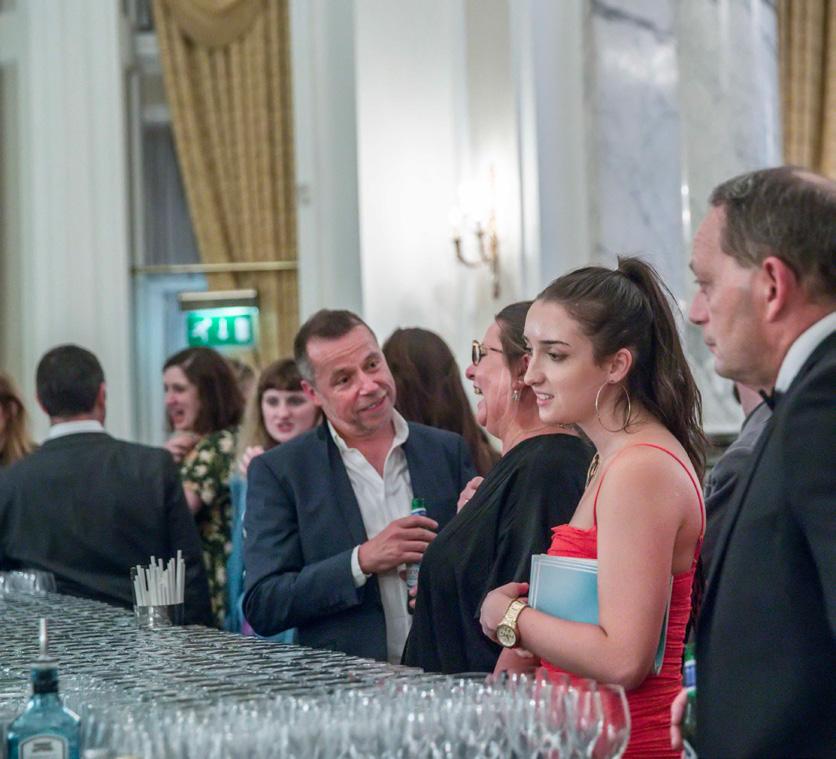
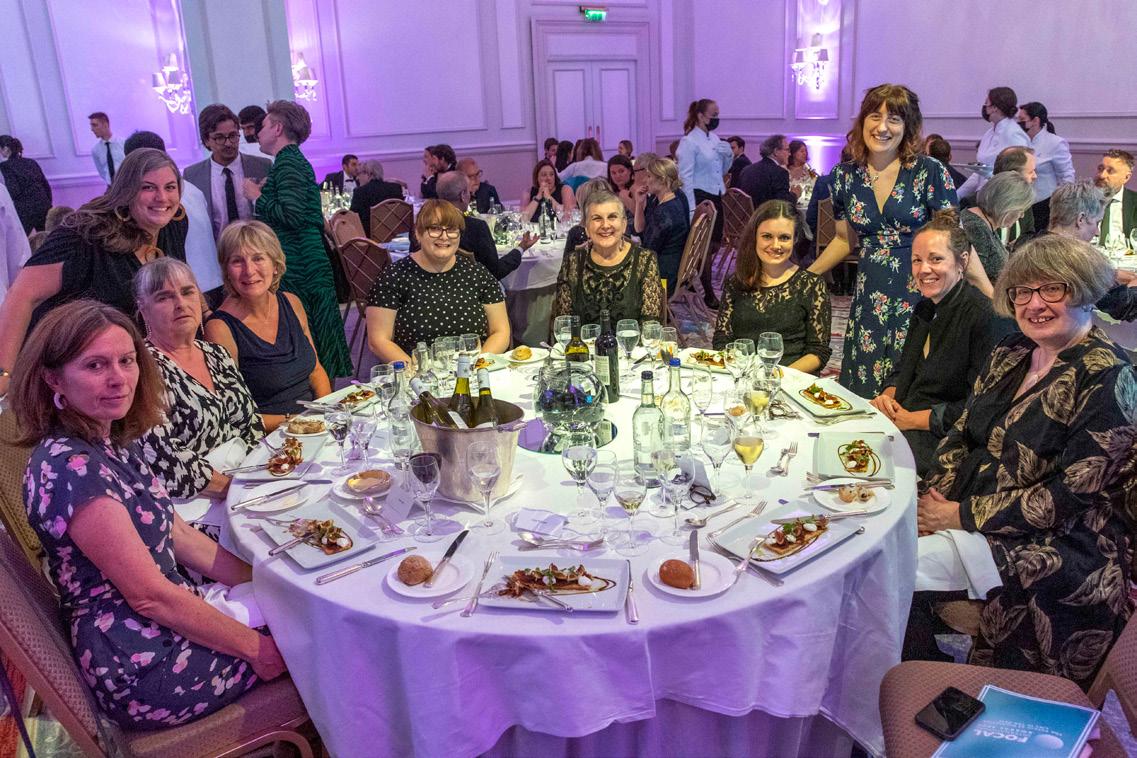

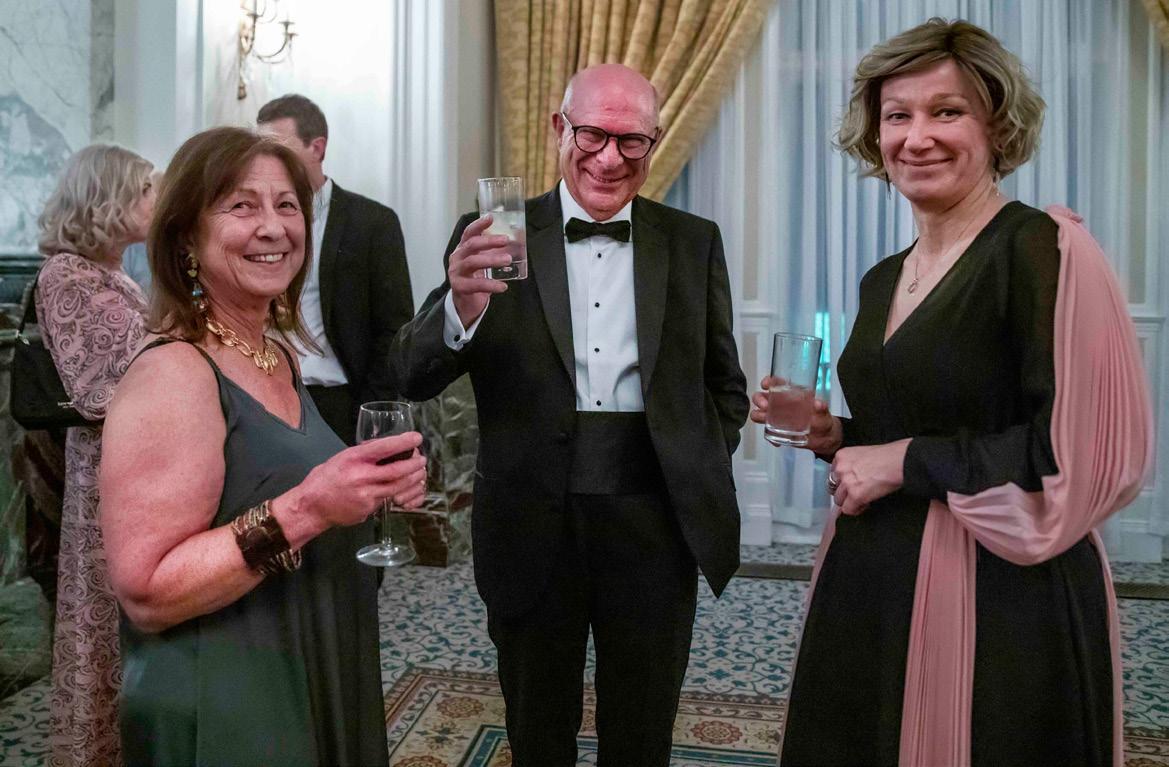



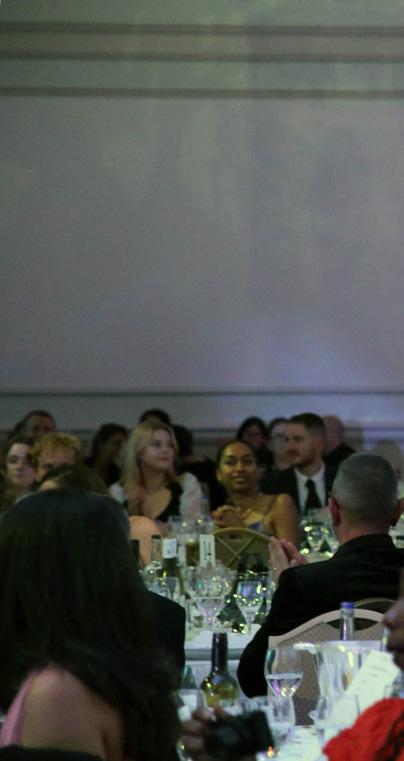
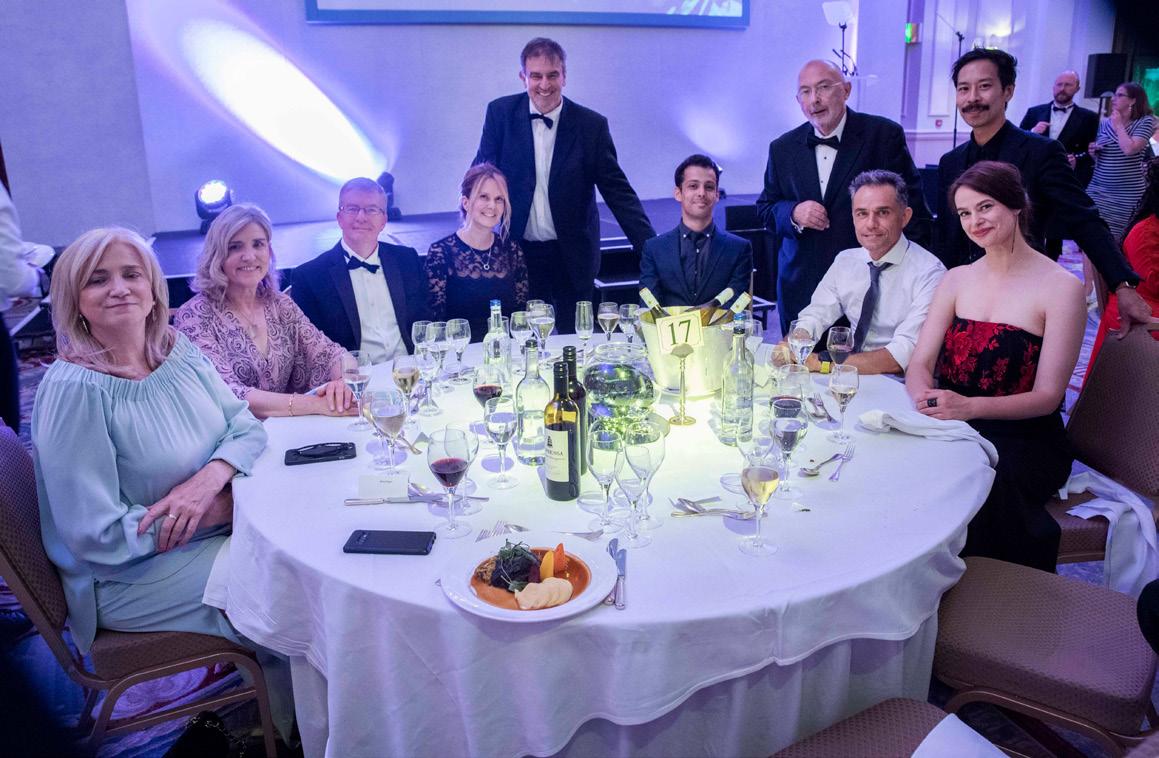



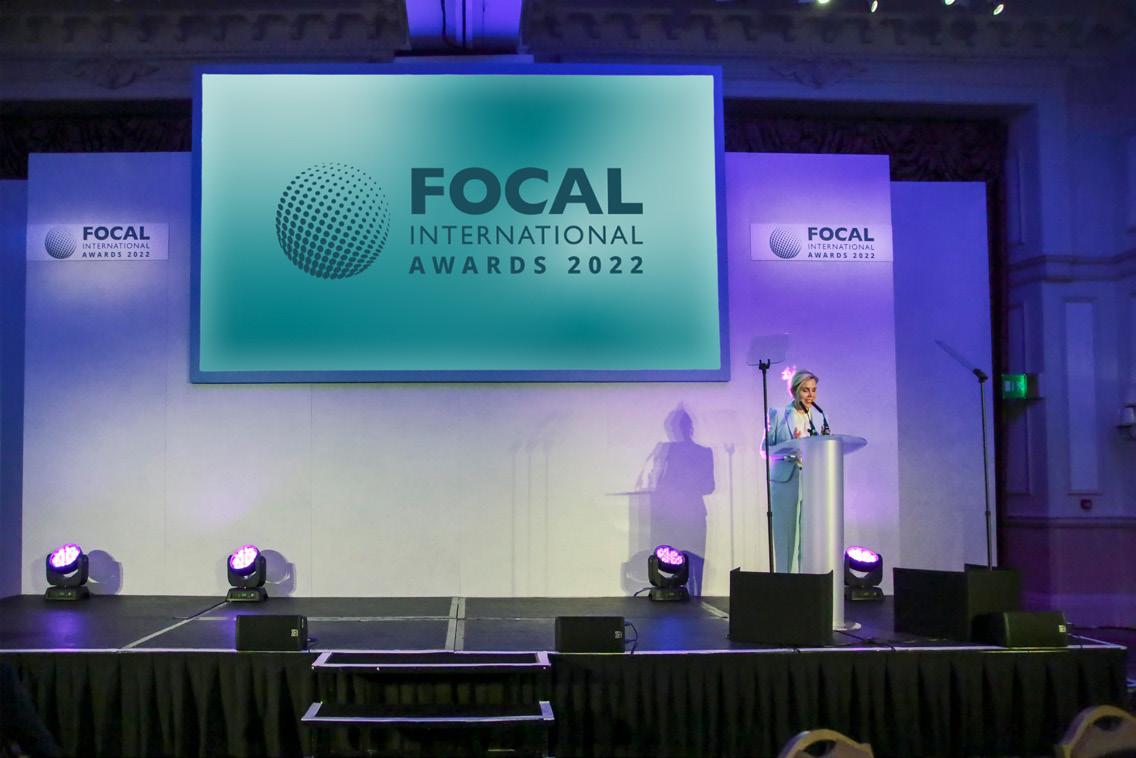



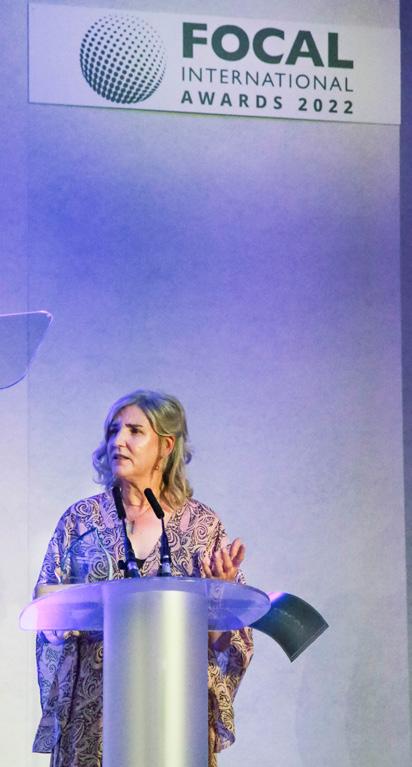

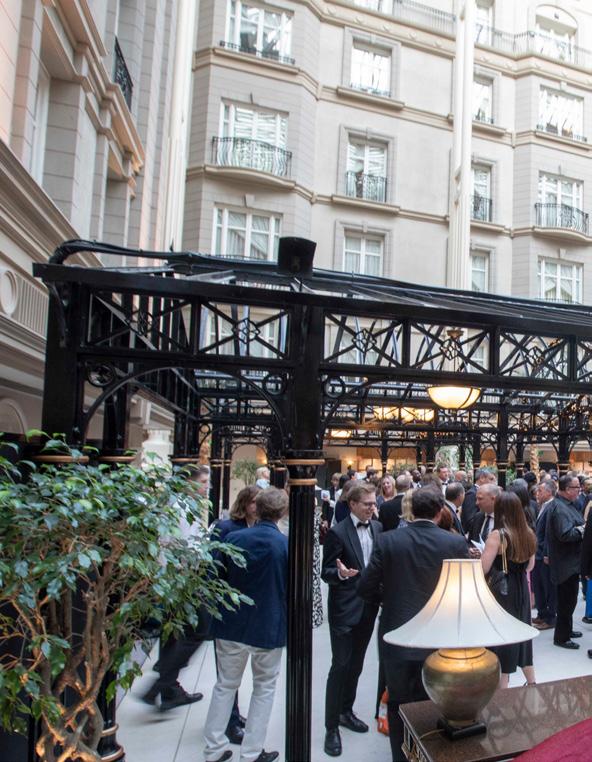
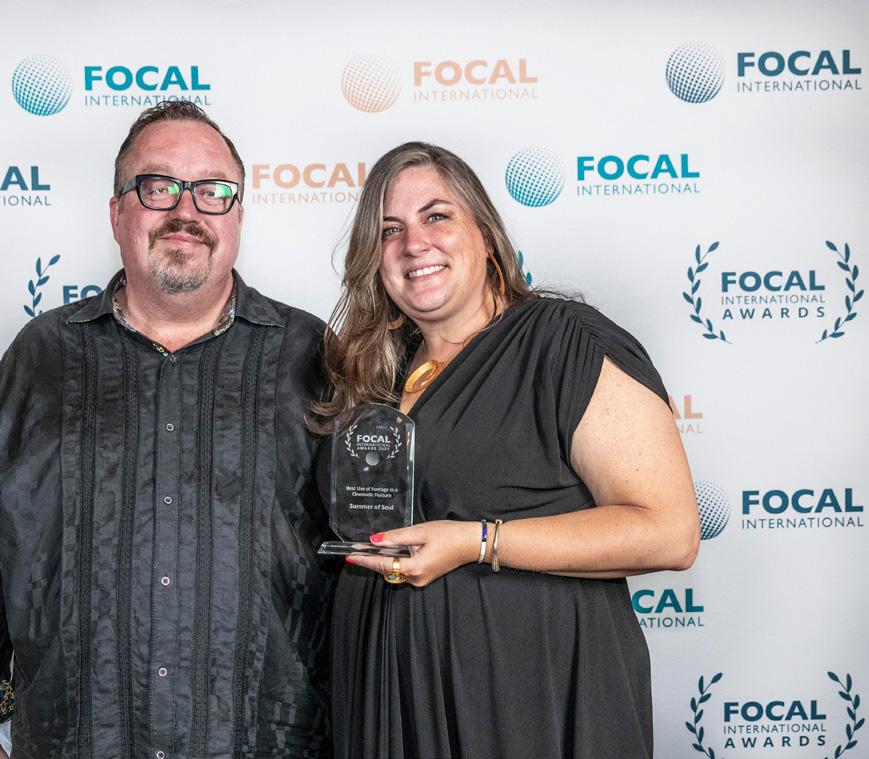

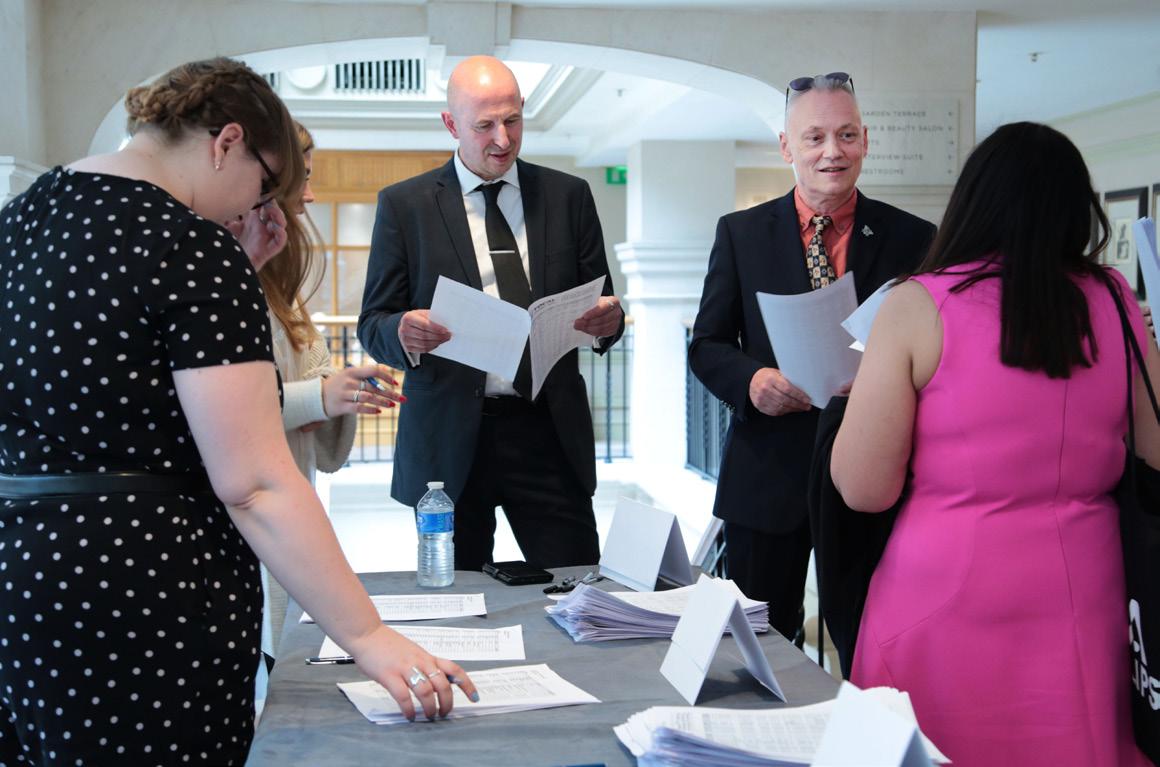
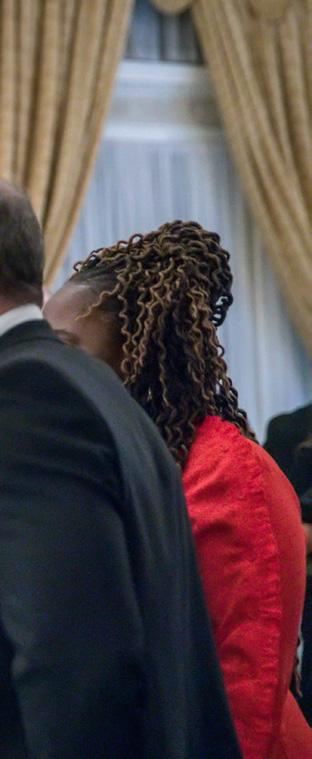




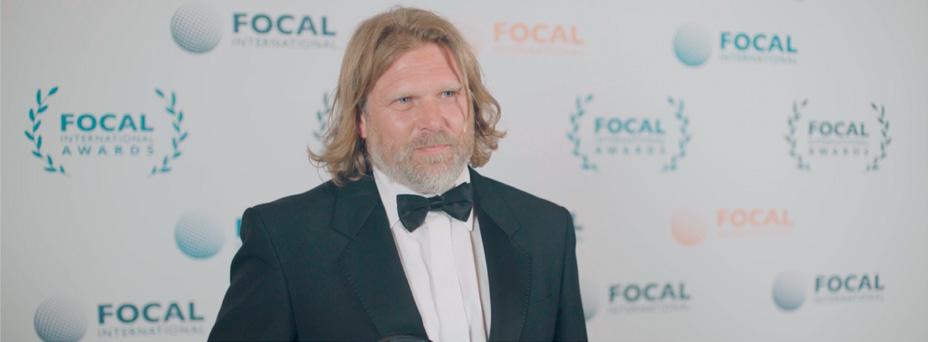



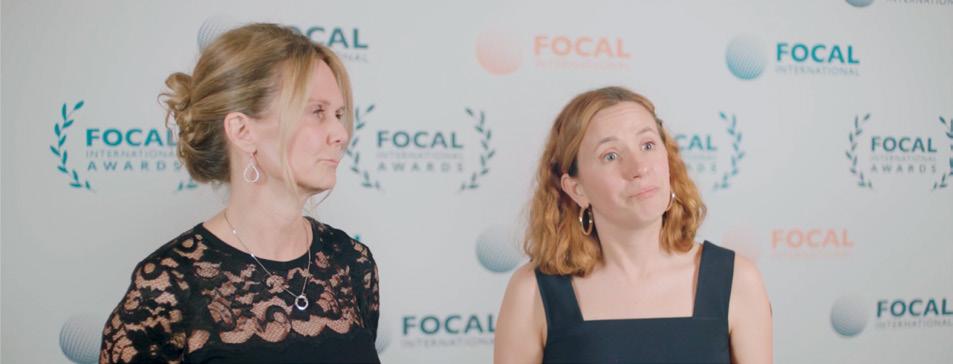




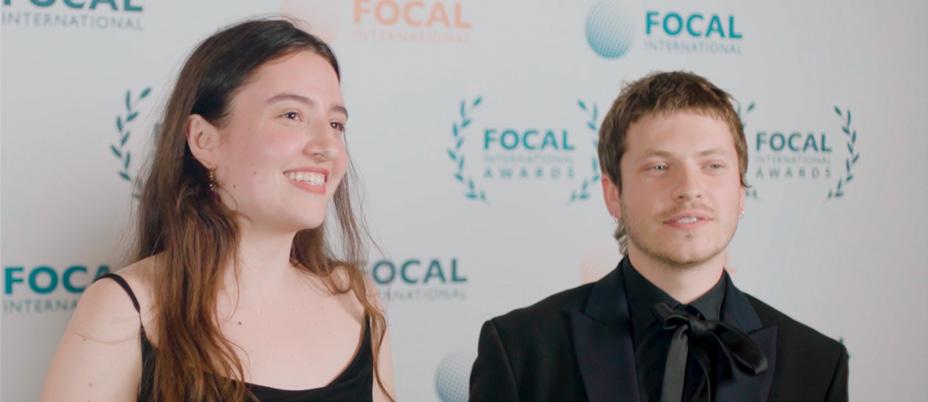
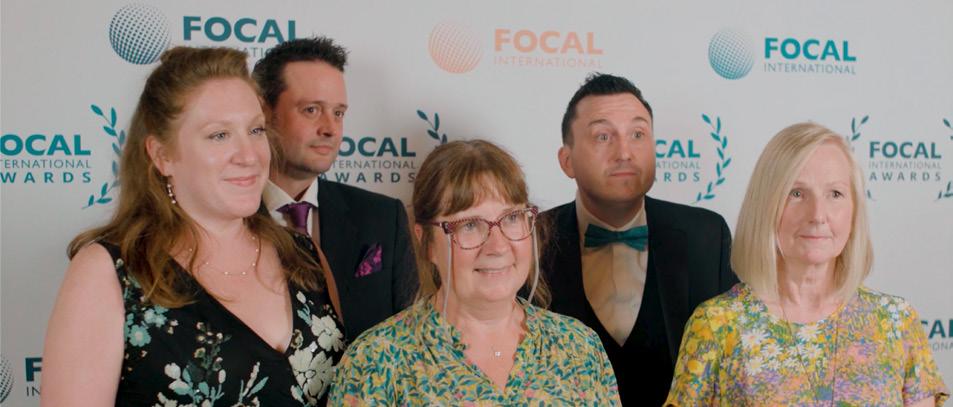


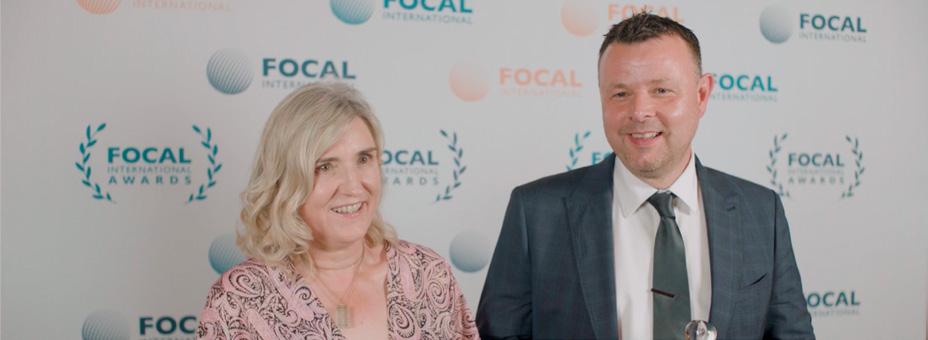






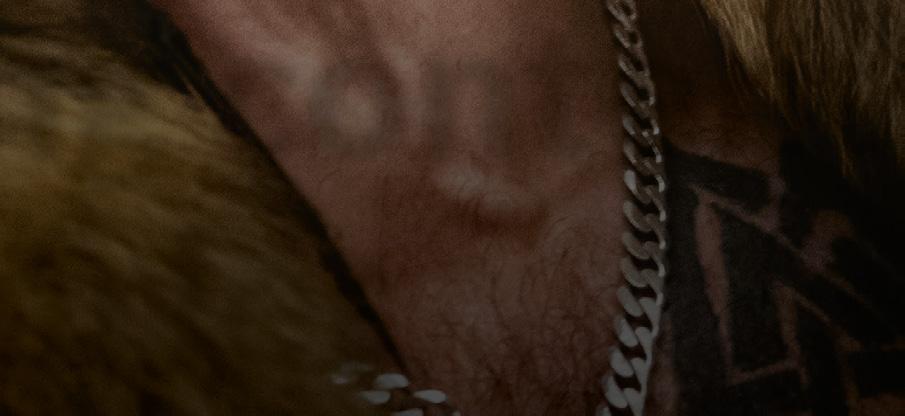

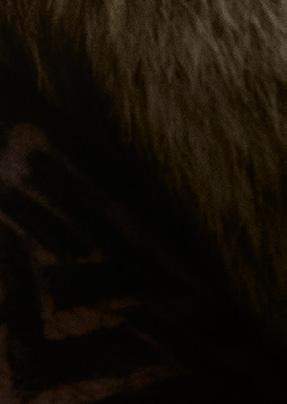




Getty Images helps producers, researchers and film makers tell their stories. Our vast library of contemporary and archival content includes footage from renowned partners such as AFP, BBC, NBC News, Bloomberg, ITN and Sky News, plus 135 million archival stills. Our expert team can also access the vast offline archives of the BBC and ITN to source treasures from programming and complete news bulletins. Contact us for how we can help your project. gettyimages.com/editorial-video LondonBroadcast@gettyimages.com




Could you tell us more about your role on Charlie Chaplin? How did you work with the directors and producers? Was it difficult to work on someone who is so well-documented?
I’ve been working with Yves Jeuland since 2010. We know each other well and I know how he likes to proceed with archives: he wants to see everything that’s available and exist. It’s very easy and terribly complicated at the same time, especially when you’re working on Charlie Chaplin. It was terrifying at first. I had watched most of the documentaries made about Chaplin and thought that I’d have to find all the footage already used in addition to finding unseen ones. I was very impressed by the mountain we had to climb, there are so many sources all around the world. But we did it. Little by little because we had time.
Do you know how many clips are used in the film?
I brought to Yves Jeuland, François Aymé and Sylvie Bourget, the editor, around 10.000 photos. There’s more than 500 in the film. It’s complicated to know how much footage have been used but I can tell you that we had 1000 lines on the archive record from thirty different sources (not counting Chaplin’s movies).

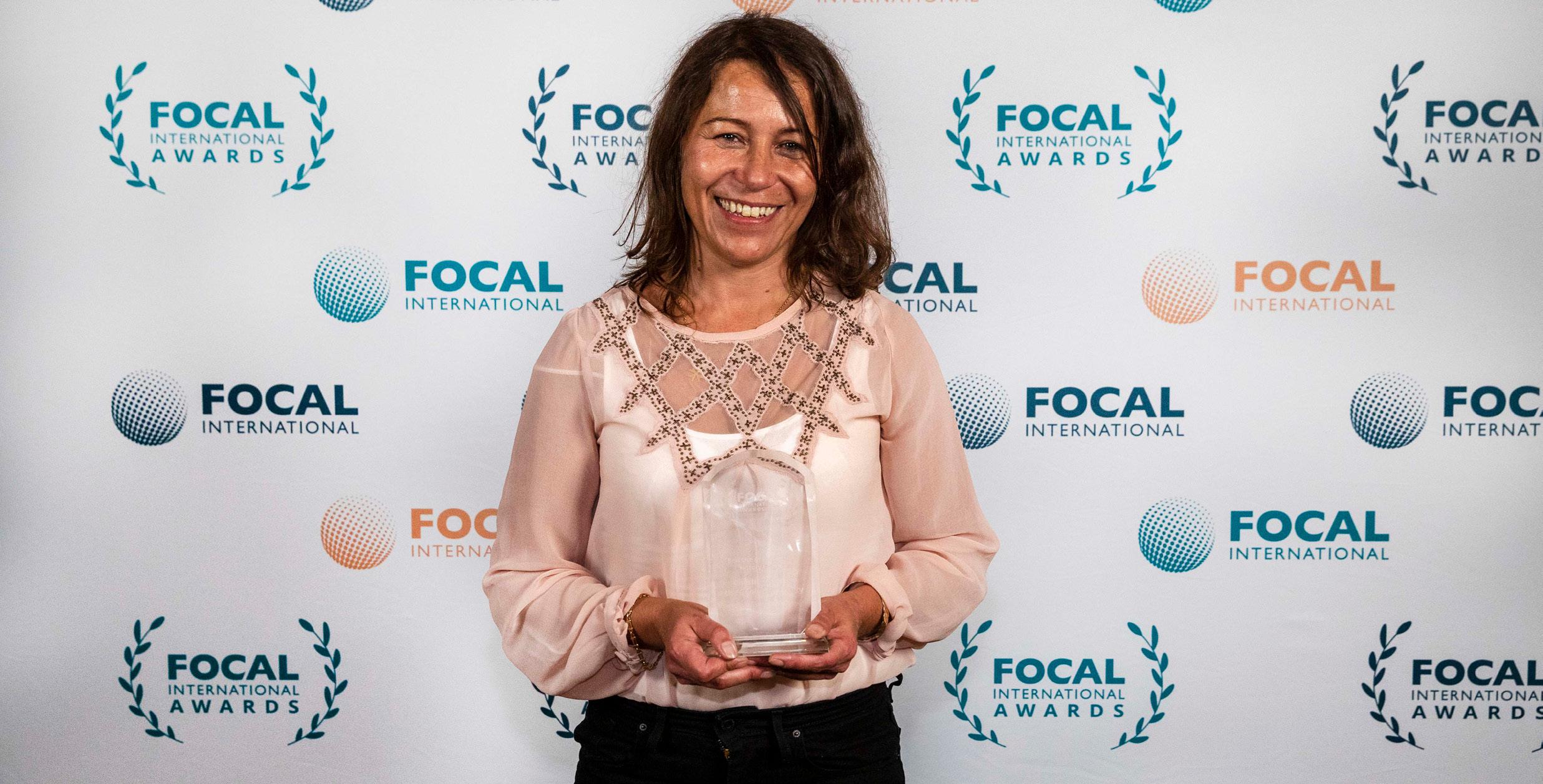
Kuiv Productions and France Télévisions gave us an incredible chance. I had a lot of time, like never before! I started in 2018 and finished in 2020. Of course Covid slowed down the editing but once again it gave me more time. Few archive researchers have that chance and I realise it. But Charlie Chaplin deserved it.
Did you come across any surprises on this project?

The most beautiful surprise came from these films found at the Library of Congress, shot by Chaplin’s friend, Ralph Barton. We requested them, thinking that we knew what the reels held. Some footage from here and there. We wanted to use the originals to get the best quality possible.
By accident, it’s only the day following the end of the editing that the footage arrived at the office. What a shock! I was in awe, I yelled out of sheer joy. These were some absolutely fabulous and unseen shots (specialists confirmed it). I immediately contacted Yves Jeuland and we got back to the editing room to put the footage in it. For example, the amazing shot of ‘City Lights’ where you can really see Chaplin on set, working (only a few clips were known). Some comedic short films too. I have to confess that there’s still a few unseen and unused shots in Barton’s collection at the Library of Congress. A bon entendeur !
Producer Kim George sat down with StormStock founder and cinematographer
to chat about chasing and filming storms.
Kim: What kind of equipment do you use that is unique to filming storms?
Martin: For the past few years, I’ve been shooting with a RED DSMC, Komodo and Sony FS7 on 4K or higher. All of these cameras are great and give me the cinematic look I like. Really, the only things unique to capturing storms are the need to employ a fast lens for dark shots, and the use of a camera rain coat when shooting hurricanes.
Kim: What hurdles do you face when filming severe weather?
Martin: I think keeping up with a storm and safety are the two biggest challenges. I usually memorize the nearby roads to make it easier to track a storm and always have an escape route or two. And, blowing dust and rain can be an issue. I have to limit lens changes and spend quite a bit of time keeping them free of dirt and rain drops.
Kim: How do you prepare to film different types of extreme weather? i.e. tornadoes verses hurricanes? Lightning verses sunsets?
Martin: That’s a great question because they are very different from one another. I use longer lenses for tornadoes, and hurricanes require a good camera rain coat, along with lots of paper towels to keep things dry. Filming a hurricane is like filming in your bathroom shower for hours, except the water is flying sideways. Everything is constantly wet and sometimes fogs up. Sunsets are pretty easy and laid back. Lightning is the most unique subject because it requires some careful calculations relating to shutter speed and lens aperture settings. With lightning, you have to set exposure before the subject is ever in front of the lens.
Kim: What type of severe weather is the most difficult to film and why?
Martin: That’s easy to answer. Hurricanes! They can be quite challenging. You have to deal with intense rain and wind while being constantly mindful of where you are and what safety measures you should be employing at that moment. It is an exercise in situational awareness. And, the aftermath can be difficult with disabled infrastructure and trees and other debris blocking roadways. You earn every bit of your pay. I would not recommend it to anyone.
Kim: What have you not yet filmed that you have a great desire to capture?
Martin: I would like to film a “double wedge” tornado. A “wedge” tornado is large and fat in shape. Having two on the ground at the same time is extremely rare. I have captured as many as three tornadoes in the frame, but they weren’t wedges.
Kim: What has been the most difficult shot that you have filmed and what did you have to do to capture it?
Martin: We were able to capture a series of shots through the window of an abandoned farmhouse in Texas as a severe storm was in-progress. We had to get ahead of the approaching storm, find the house, go inside and setup a camera slider on the sill of a window facing the storm, and setup the camera before it arrived. We had only 3 minutes to do all of that. While there, the house swayed back and forth and our gear was coated in dust, but we got the shot!
Martin LisiusKim: What shot did you miss that you regret?
Martin: Well, there are a lot of tornado shots I’ve missed just because they were so brief and it takes time to stop and setup a camera. Some of those, and some pretty incredible lightning I’ve seen just have to be enjoyed without filming them.

Kim: What achievement have you accomplished that you are most proud of?
Martin: It was a major accomplishment for me to film a series of storms on 16K without actually using a 16K camera. For that, I had to create a system and work-flow using two Canon 5DS DSLRs and carefully stitching those images together. It was a lesson in ground-breaking image capture and post production. I can also count my filming of Hurricane Katrina as an accomplishment. I never felt I was in danger despite it being an extremely dangerous storm. I was completely comfortable because I was controlling where I was physically. Still, it was a lot of work. Fortunately, I was able to shoot Katrina (2005) on HD video and Super 35mm film which we recently transferred to 4K at Colorlab in Maryland. The Katrina content is exceptional and exclusive to our StormStock collection.
Martin: Yes it is. It’s hard work but it’s also fun because I get to be in and around some of the most spectacular storms that exist. Each trip is like going to see a movie produced by Mother Nature with a front row seat featuring sight, sound, wind, and the smell of rain.
Kim George is a producer at Prairie Pictures, a Texas-based media production company.
Martin Lisius is a producer, director and cinematographer. He created StormStock in 1993 to provide premium weather and climate footage for high-end film and TV productions
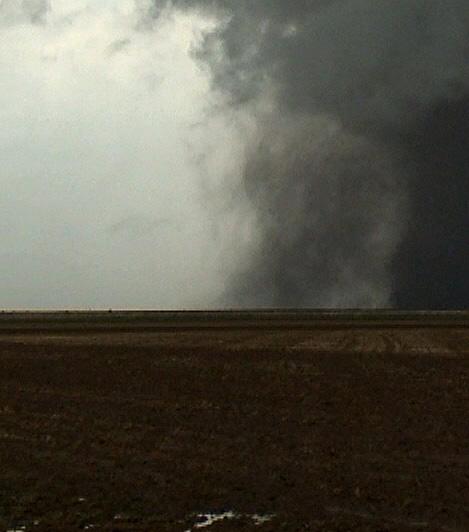



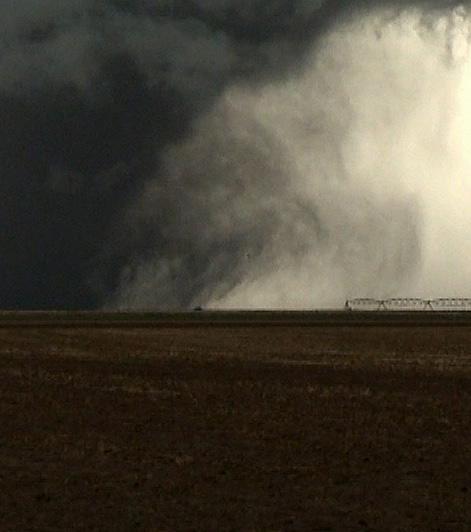
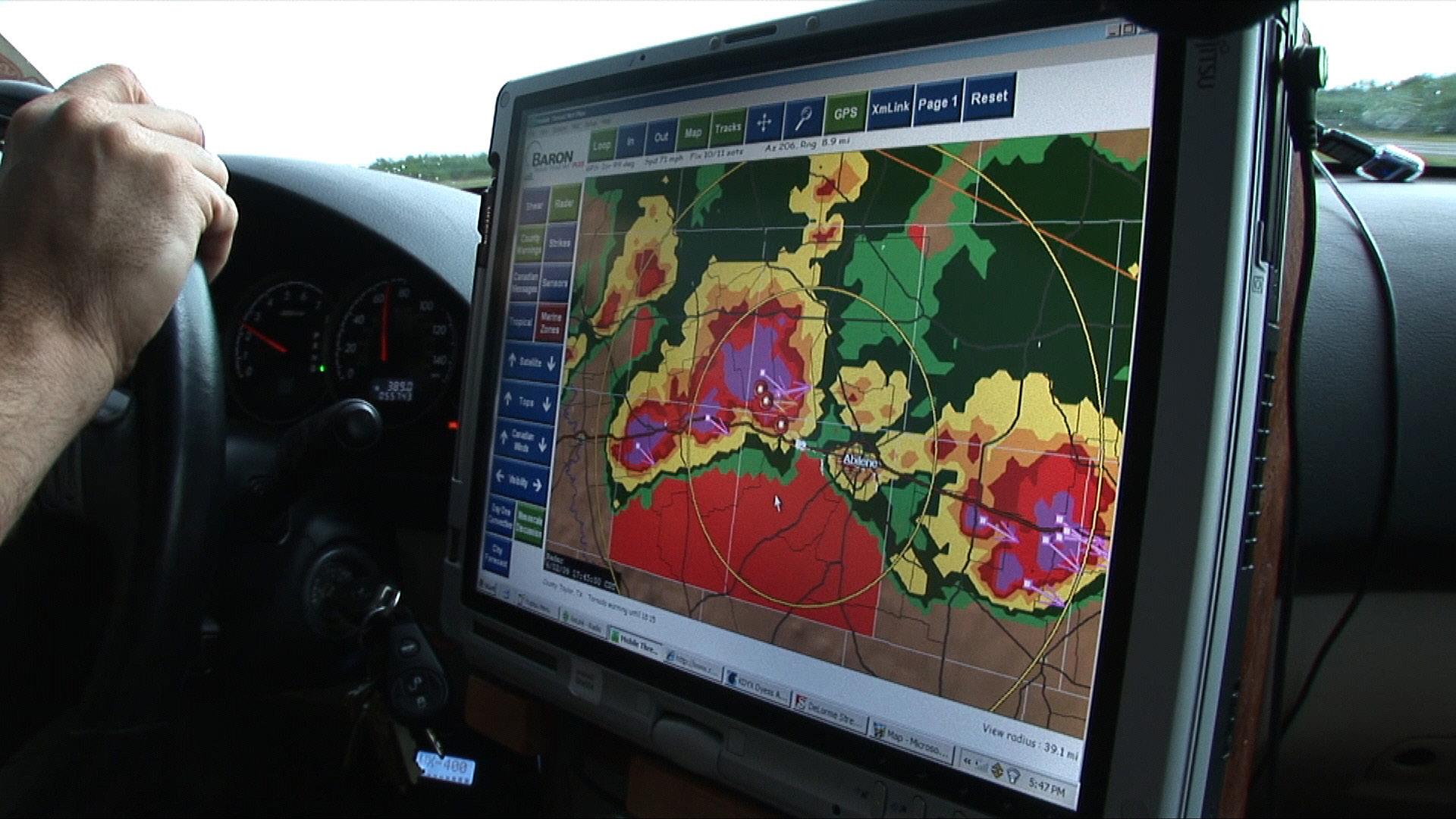


Screenocean’s library comprises over 30 collections including the Reuters News Archive, Channel 4, Channel 5, Warner Bros TV UK, Clips & Footage and BAFTA. Discover rare and inspiring footage including historic newsreels, entertainment programmes, and over 35 million iconic images from 1896 to the present day.

Can you please briefly explain your company?
SPL has been a commercial photo library for over 40 years, specialising in scientific imaging, science education and the history of science. I set up and launched our footage department, Motion, in 2009. We now have over a million images and some 100,000 clips.
How long have you been an Executive Director at FOCAL? Since 2015.
What is the most fulfilling aspect or inspired you for joining the FOCAL Executives?


It’s been really helpful to get a better understanding of the issues affecting all archives and everyone involved in copyright and licensing. It’s great to be able to translate this into guidance and policies that help not only our own company but also the wider industry.
What did you enjoy most about your job last year?
Honestly? Being back in the office regularly.
How do you feel the industry has changed? It changes all the time. The Hargreaves Review led to changes in licensing and copyright that affected everyone. Improvements in scanning technology have opened up more old archives to modern production uses. Cloud-based databases and work-flows have made life a lot easier on the tech side. Smaller independent archives have been swallowed up by larger international ones. And there are now far more outlets and platforms for productions than there ever were. It’s constant flux.
If you could invite 3 people over for dinner dead/alive, who would it be? God knows. I’d think I’d got it all worked out then find Douglas Adams has a dangerous onion allergy, George Clooney doesn’t fancy my mum and that she’s busy that night anyway. It’d be chaos. So three old friends, no photos and FOCAL picking up the tab. Cheers!
If you could only watch one movie or TV show for the rest of your life, what would it be? I know Raelene said Frasier but, well, Frasier. That or test cricket.
What talent are you most proud of? Green fingers.
Head of Motion Science Photo Library (SPL)

What do you see as the most important aspect FOCAL should be working on?
It’s very helpful to have a central body keeping track of the constant changes in legislation, technology and trends in the wider industry. Being able to offer expert advice and information to our members is a valuable aid for us all. We’re also in a strong position in being able to bring together decision makers from across the archive and production industries and provide a talking shop to discuss and understand issues from multiple sides. Our membership of other trade bodies with their own specialities and focuses gives us greater access to information and influence beyond our membership, and this benefits us all as well.
What impact do you think FOCAL has had on the industry now and for the future?
Our Awards provides recognition for a sometimes-neglected yet critical part of the industry. Our advice and guidance on changes to copyright law have helped all our members adapt. Our Footage Finder service connects researchers with members and provides a valuable service. Our events help people connect in person too, especially important after the last couple of years.
What is the biggest risk you’ve taken?
Running back into a burning building to alert my neighbours.
The dawn of the ‘super cinema’ in the 1920s and 1930s brought with it carefully crafted spaces to entertain and employ the public on their local high street. Unfortunately, gone are the days when the opening of a cinema was a big deal, when they were thoughtfully designed to give the visitor an experience that would take them out of suburbia and into the fantasy word of the silver screen, or even Technicolour. Exquisite interiors and atmospheric lighting created a luxurious but affordable place to enjoy movie screenings, dining and pampering too!
One of the most successful and talented British cinema architects of the super cinema era was George Coles, who designed some of the most distinctive U.K. picture houses of the 1920s and 1930s. Heavily influenced by the German Expressionists, his style can be identified by his enthusiasm to experiment with different styles under the umbrella of Art Deco, such as his Egyptian themed Carlton in Islington, North London and The Palace, a Chinese-style edifice in Southall, West London.
Here at Huntley Film Archives, we’re lucky enough to hold films of the grand openings of three of the cinemas that George Coles designed: his first cinema project, the Broadway in Stratford; the State, Kilburn and the Odeon, Muswell Hill. Each film, in its own way, shows the importance of the local cinema: in the pride of the cinema staff; in the faces of the excited public viewing the building’s interior for the first time and, of course, the sparkle of Hollywood glamour as film stars and dignitaries grace the steps on gala night. They also reflect the clear ideals that Coles vocalised in this extract from an article in Cinemas, Theatres and Ballrooms:

“In the first place, cinemas supply the need of the public for a cheap and attractive form of entertainment reasonably near their homes, to which they can go regularly or at will without any previous booking…however large the house may be, the general effect when the lights are up, as they frequently are in a super cinema, should be one of warmth and cosiness, rather than that of a cold, vast structure.”
George Coles’ first cinema project, the Broadway Cinema in Stratford, opened in 1927. This film more than any other illustrates the glowing pride of the cinema management and staff as they prepare for the big opening. What is even more special about it is that it features the architect Coles himself, firstly in a re-enactment featuring the founders Phil and Sid Hyams as they discuss the building, followed by shots of Coles sitting designing behind his desk with blueprints hanging on the wall behind. This is a silent film, and with it comes a touch of the dramatic, even as a documentary, it has a very humorous slant which makes it particularly enjoyable to watch. Look out for the Broadway Symphony Orchestra letting loose!
[Extract from Cathedrals of the Cinema by David Atwell. Original text extracted from an article in Cinemas, Theatres and Ballrooms.]Aside from the excitement brewing up about a new cinema, this film also documents some interesting observations about community that I’d like to draw attention to: Firstly the contrast between the impeccably turned out young ushers, standing on the front steps of the Broadway, and the shots of rather rowdy locals, most of whom are their contemporaries and probably old school fellows. This makes me wonder at the importance of the local cinema in employing young local boys, providing them with a foot on the employment ladder in a respectable and attainable industry, and thus taking them out of potential obscurity and into security for them and their families.
Expanding on this, something that may go un-noticed in several scenes outside the cinema are some of the older staff; one of which is clearly wearing medals. It’s well known that First World War veterans had difficulty getting re-employed after the war perhaps this film, could be documenting an example of one such middle aged man who was able to find employment through his local cinema.
In 1936, the Odeon Muswell Hill opened its doors to an excitable public, desperate to catch a glimpse of Hollywood come to Haringey. The first part of this film shows a more glamorous side to cinema openings, it’s a red-carpet event, with an energetic news broadcaster narrating each moment. Policemen are having to hold back the thronging crowds who are beside themselves with joy as a raft of film stars arrive - Basil Rathbone, upstaged by Wolsey’s comedic presence, Richard Barthelmess, Sabu and June Clyde to name but a few. The elevated shots of the illuminated exterior of the new cinema are (intentionally or not) reminiscent of the high angle shots of premiers at Graumans Chinese Theatre in Hollywood too.
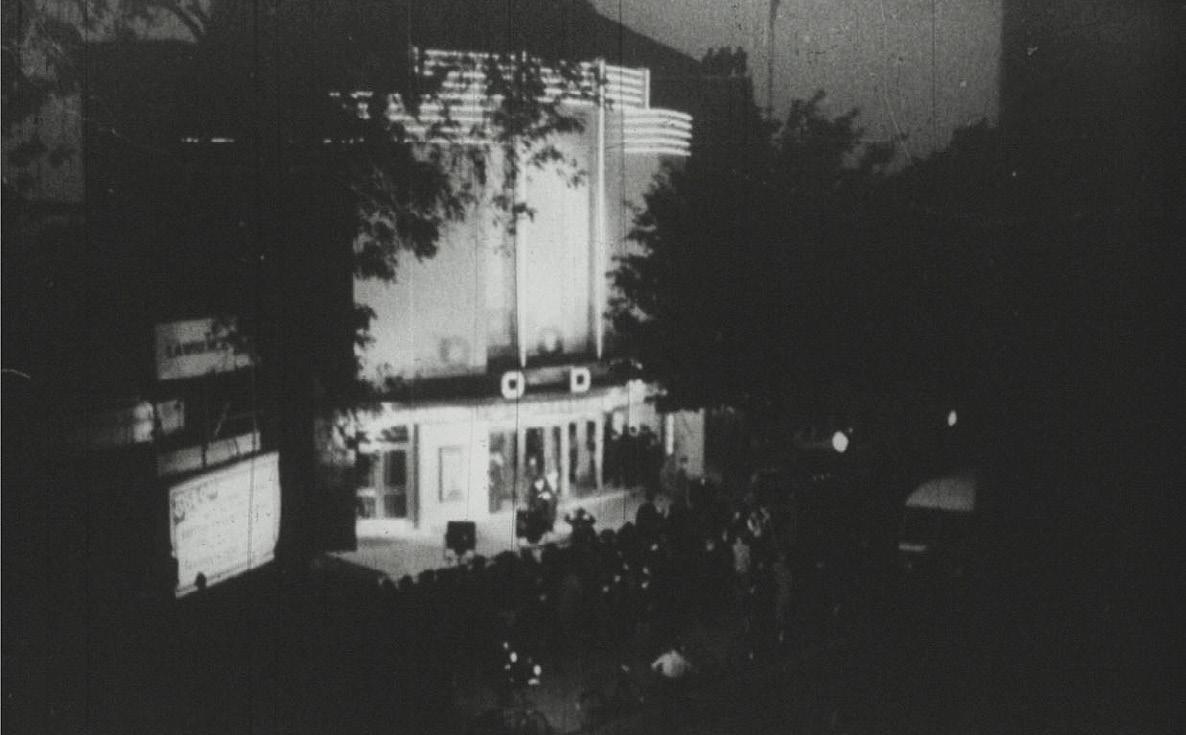

First we are introduced to Oscar Deutsch, head of the Odeon Circuit and the driving force behind the multitudes of Odeon super cinemas that popped up all over Britain in the 1930s. Deutsch employed many architects, including George Coles, to produce the Art Deco Odeon brand style that has become so synonymous with the conspicuously large Bingo halls on our high streets today. The second half of the film romps through the story of this Odeon chain expansion across Britain, illustrating several of the shining edifices, worthy of a place in the land of OZ. A calendar of the rate at which these fantastical buildings were erected flicks by, ending on 220 in 1937, more than double those built only a year before.
Aired in cinemas itself, this film is an advert for Odeon, but it doesn’t sell itself on the content of its films, they don’t even get a mention, it sells itself on its place in the British economy – An employer, whose happy workers go singing to factories providing the steel, textiles and much more that went into the buildings. An astute move in a country still recovering from the ‘Great Slump’. Through its focus on the industrial scale of work that went into each construction, this film heralds two British cinemas at the height of the super cinema era - starting with opening night at the Odeon Muswell Hill in 1936, the film ends on a high note, with the construction of the Odeon Leicester Square in London, designed by Harry Weedon and Andrew Mather, perhaps the pinnacle of Art Deco Super Cinema dream palaces.

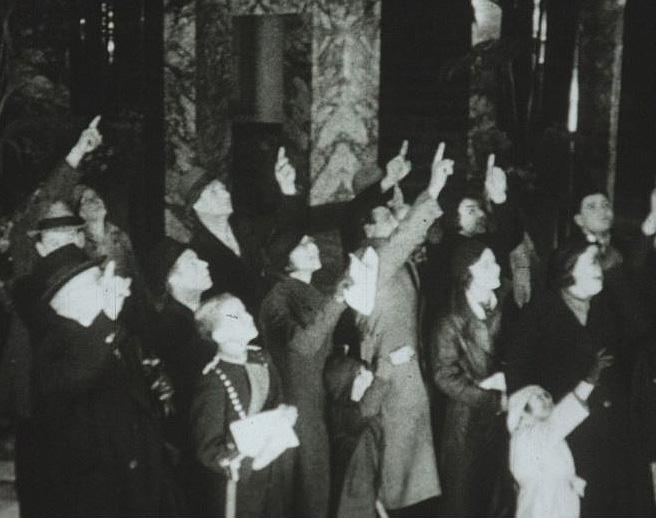
In the same year, Coles’ epic 4004 seater ‘State’ in Kilburn opened for Gaumont. Massive posters advertise a special public inspection of the new building and crowds upon crowds queue up outside, on what seems a bit of a grey day. In deliberate contrast, the visitors are then seen entering what could be perceived as a different world glowing Renaissance foyer with its marble columns, pediments and palms, all illuminated by a huge chandelier. There is a rather prompted point and “ahhhh!” moment but the absentmindedness of the visitors trooping up the grand staircase does seem to evoke some genuine feelings of awe at their surroundings.
Extraordinarily, as we go further behind the scenes, the cinema opens its doors on a raft of unmovie related pampering facilities such as a ladies’ dressing room, showers, and a barber’s salon. In addition to the personal luxuries, the film also documents in some detail all the mod cons of the cinema, such as the projection booth, stage construction, and that special lighting that Coles said was so important. And to top it all, a Wurlitzer organ played by famed Chief Organist Sidney Torch as he emerges, slowly rotating, from under the stage.

These buildings are clearly architecturally distinctive inside and out, but they demonstrate some more fundamental reasons behind the might of the Super Cinema success in the 1920s and 1930s in particular: an enthusiastic public, ready and willing to go because the cinemas were local and affordable; facilities and atmosphere that provided an experience, not just a place to sit and watch a film; and lastly, a growing industry that provided employment in a multitude of different areas for a country still weighed down by the fallout of the Great Depression.




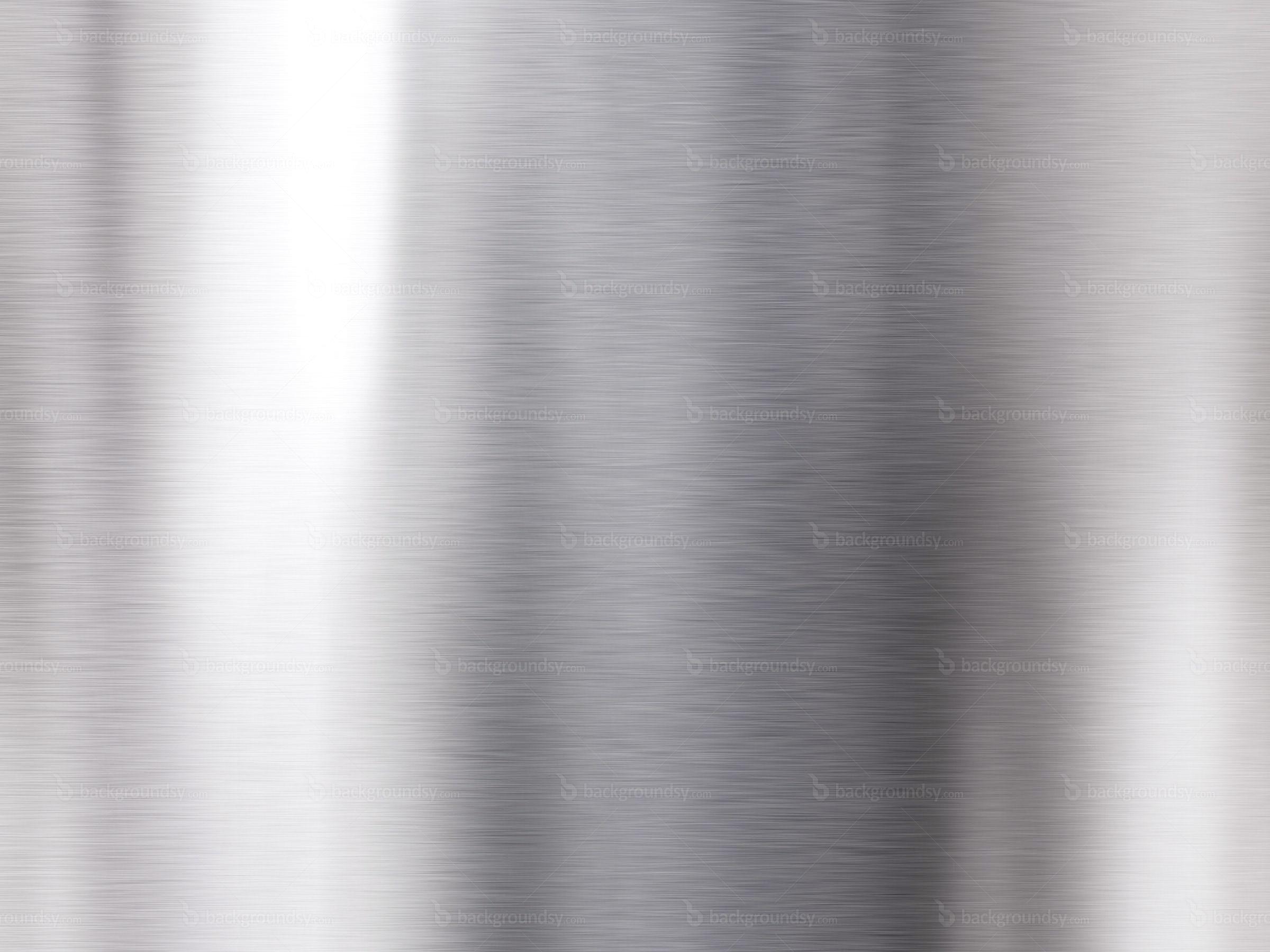
Can you please tell us a bit about this collection, including what one might find within it?
Soul! Performances & interviews, all shot in color with performers including Al Green, Tito Puente, Ashford & Simpson, Rahsaan Roland Kirk, Lee Morgan, Amiri Baraka, Max Roach, Earth Wind & Fire, Stokely Carmichael, Ossie Davis, Ruby Dee, The Last Poets, Stevie Wonder, Teddy Pendergrass, The Spinners and much, much more.
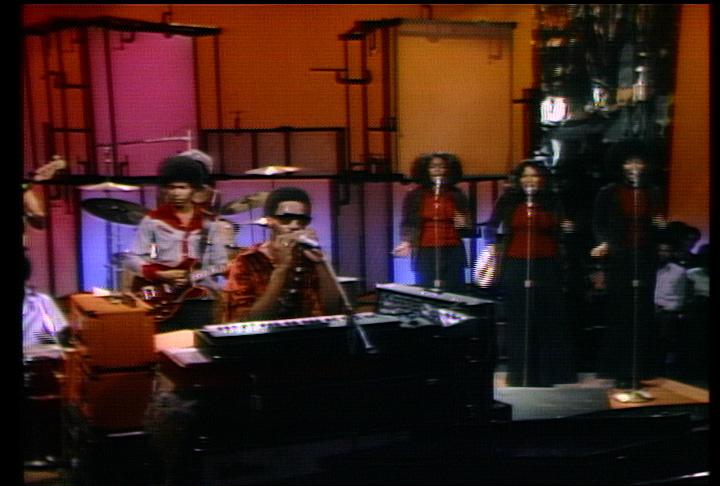

The collection includes candid interviews and discussions about the African American experience in different facets of the American culture with a variety of iconic African Americans such as Muhammad Ali, Harry Belafonte, Patti LaBelle, Jesse Jackson, James Baldwin, Louis Farrakhan, Gladys Knight, and Sidney Poitier.
How did you come across the collection?
We represent this collection on behalf of WNET located in New York.
Do you have a favourite piece from it?
My personal favourite is Al Green performing Let’s Stay Together”- It is pure and unadulterated, it just flows out of him, naturally.
How have the clips been licensed out?
A film by Ken Burns, Mr. Muhammad Ali, and Mr. Soul movie a film by Melissa Haizlip. https://www.mrsoulmovie.com/
If any of the readers wanted to view this collection, how would they?
We are creating a small exhibit that will be on our home page very soon. To view the clips you need to request a screener.

